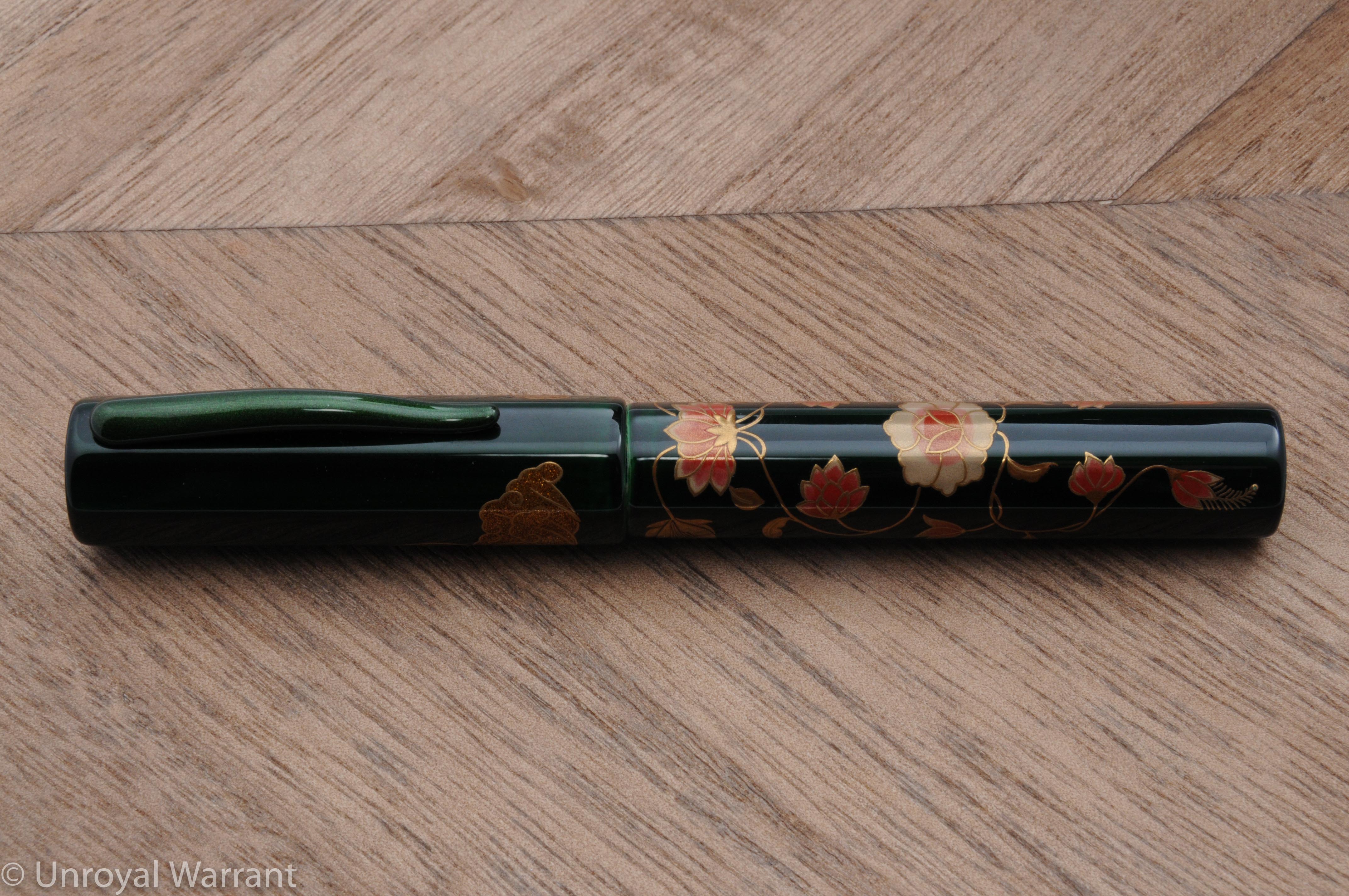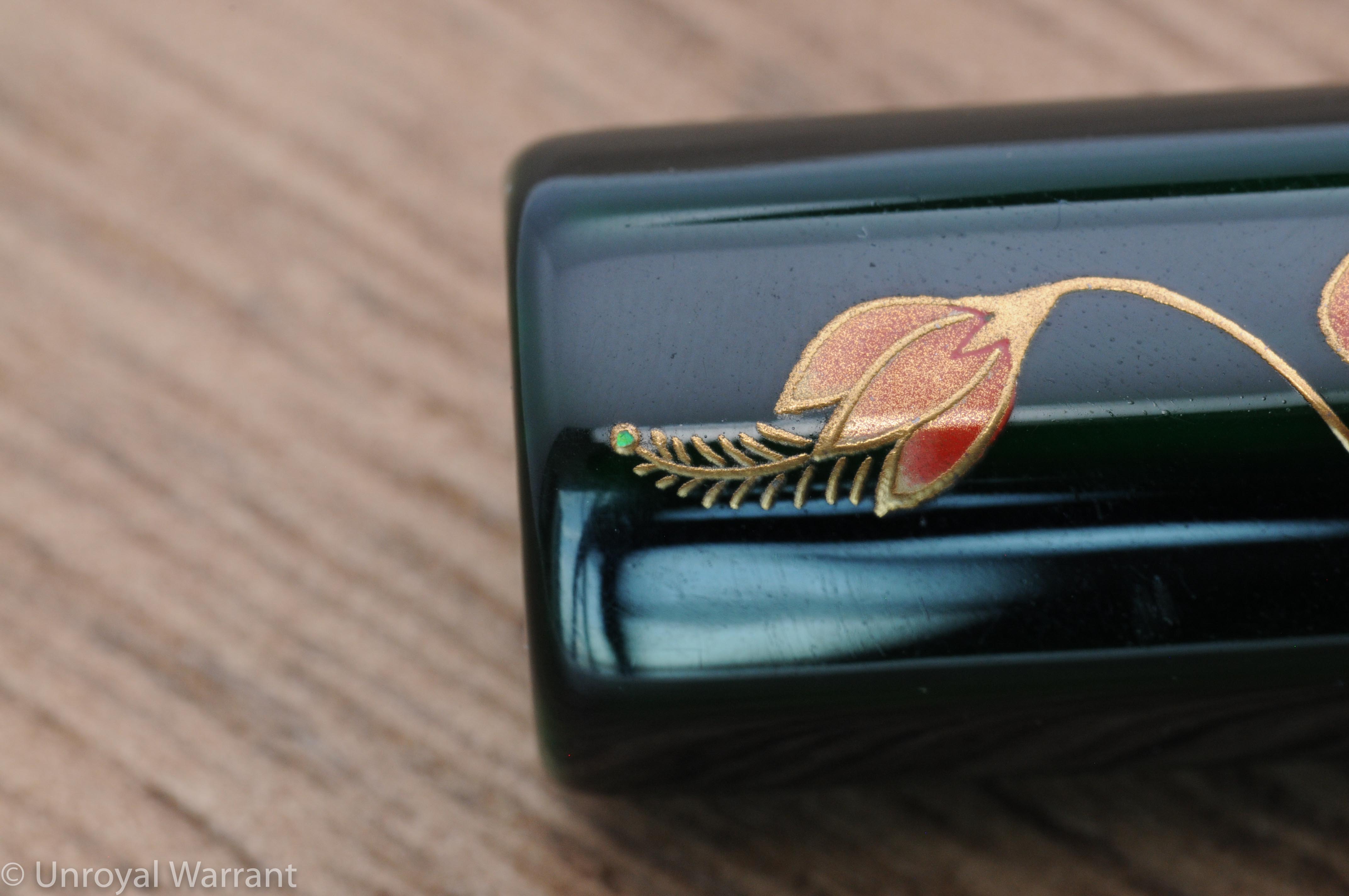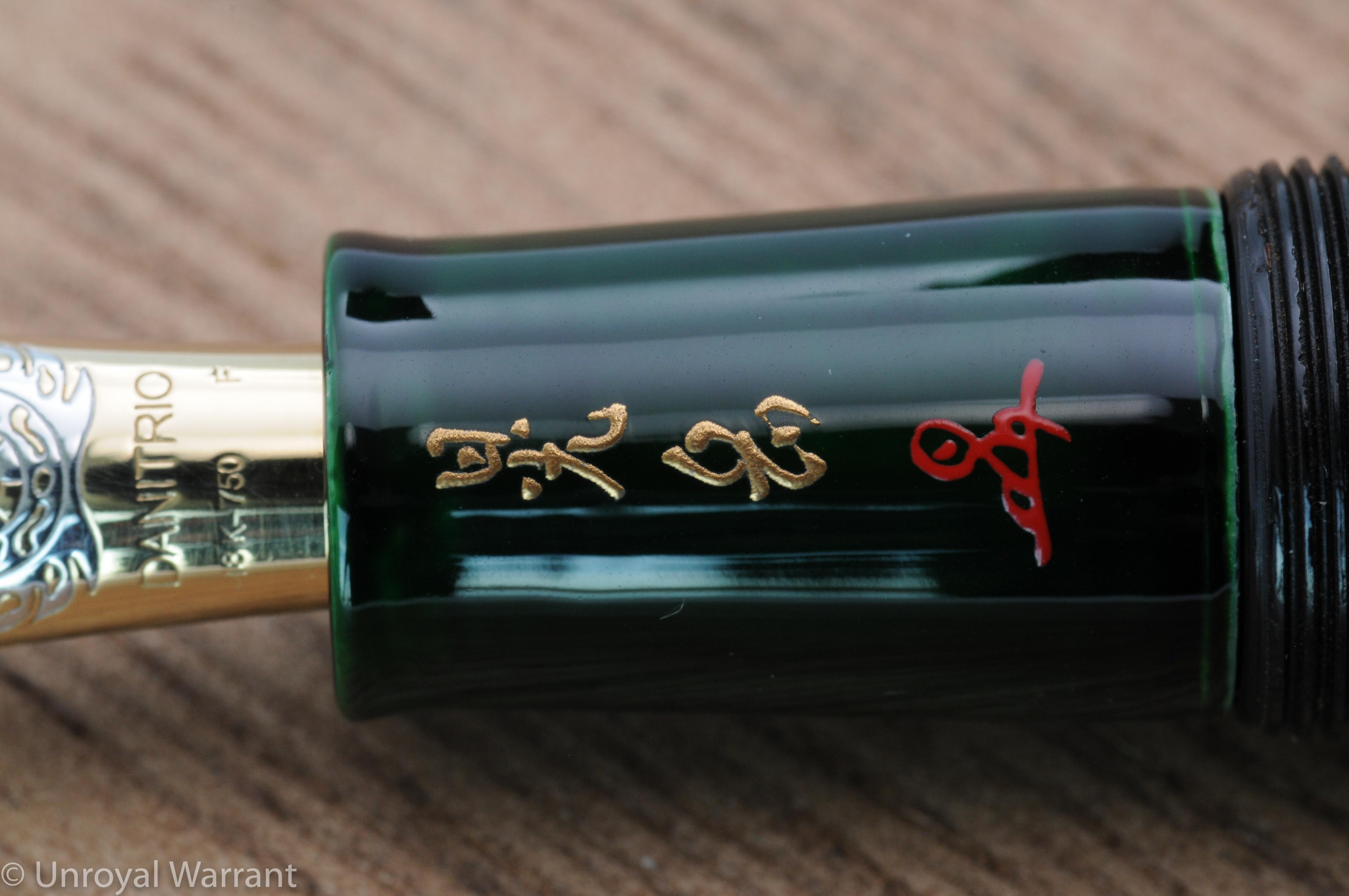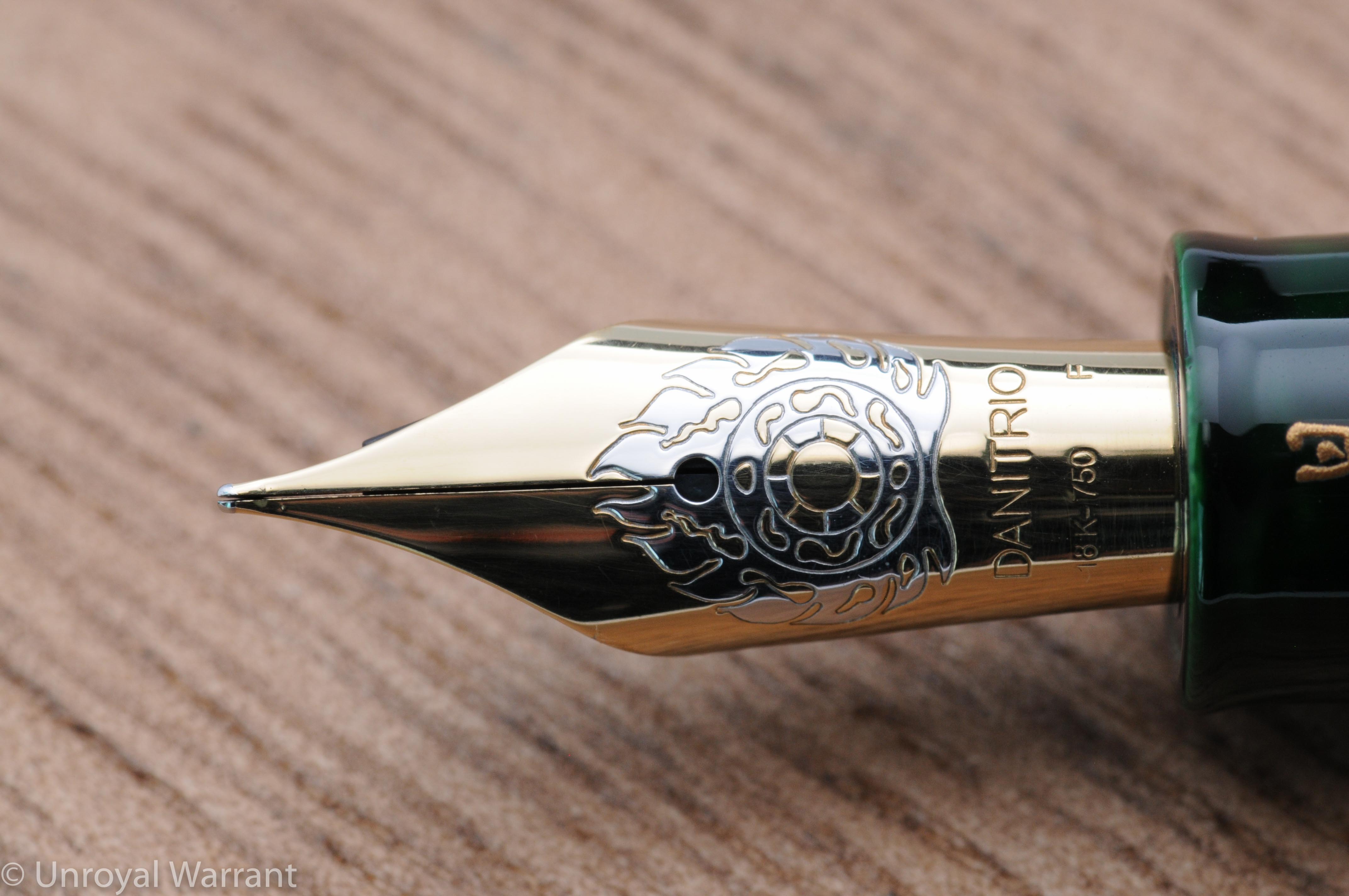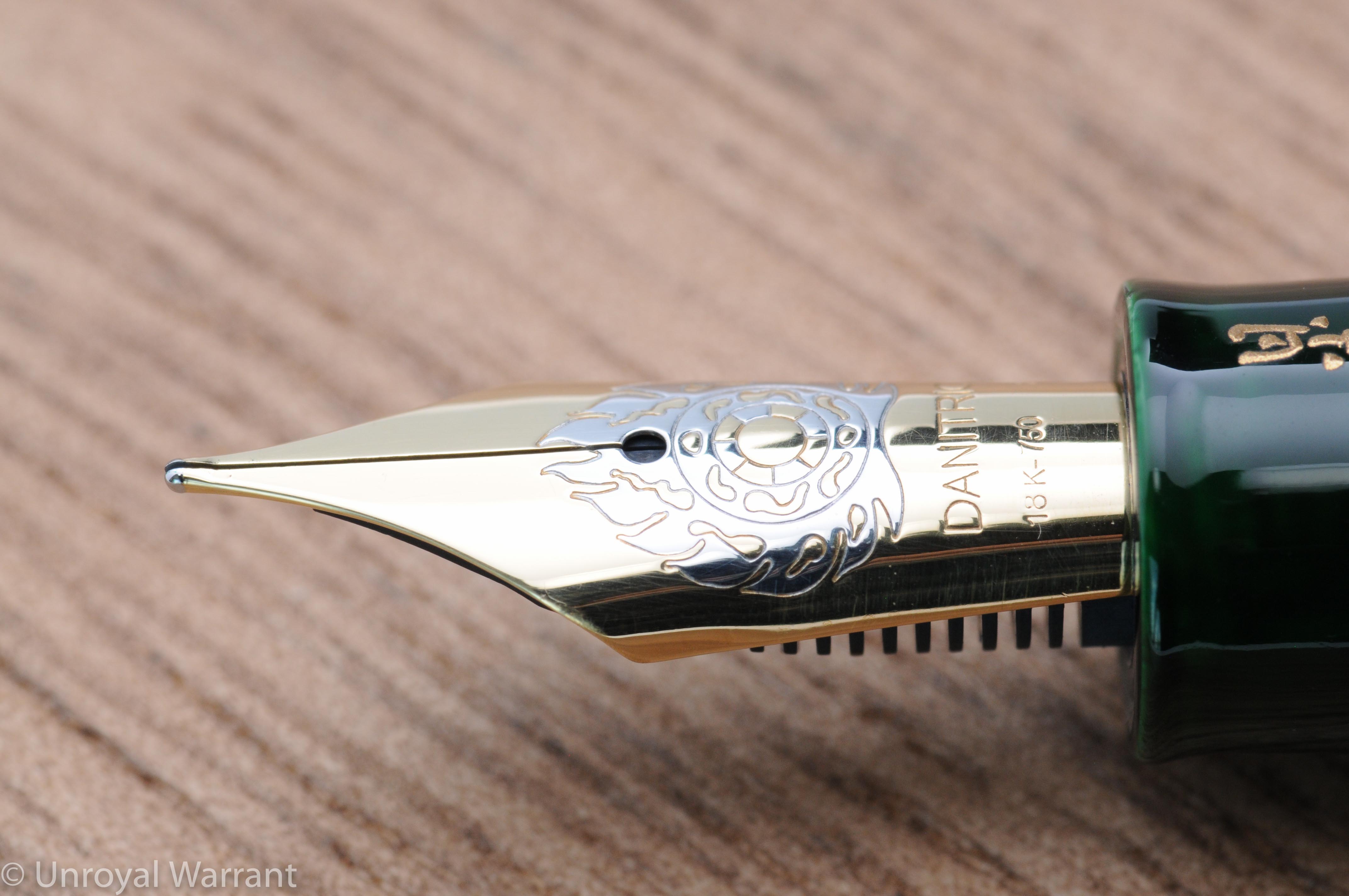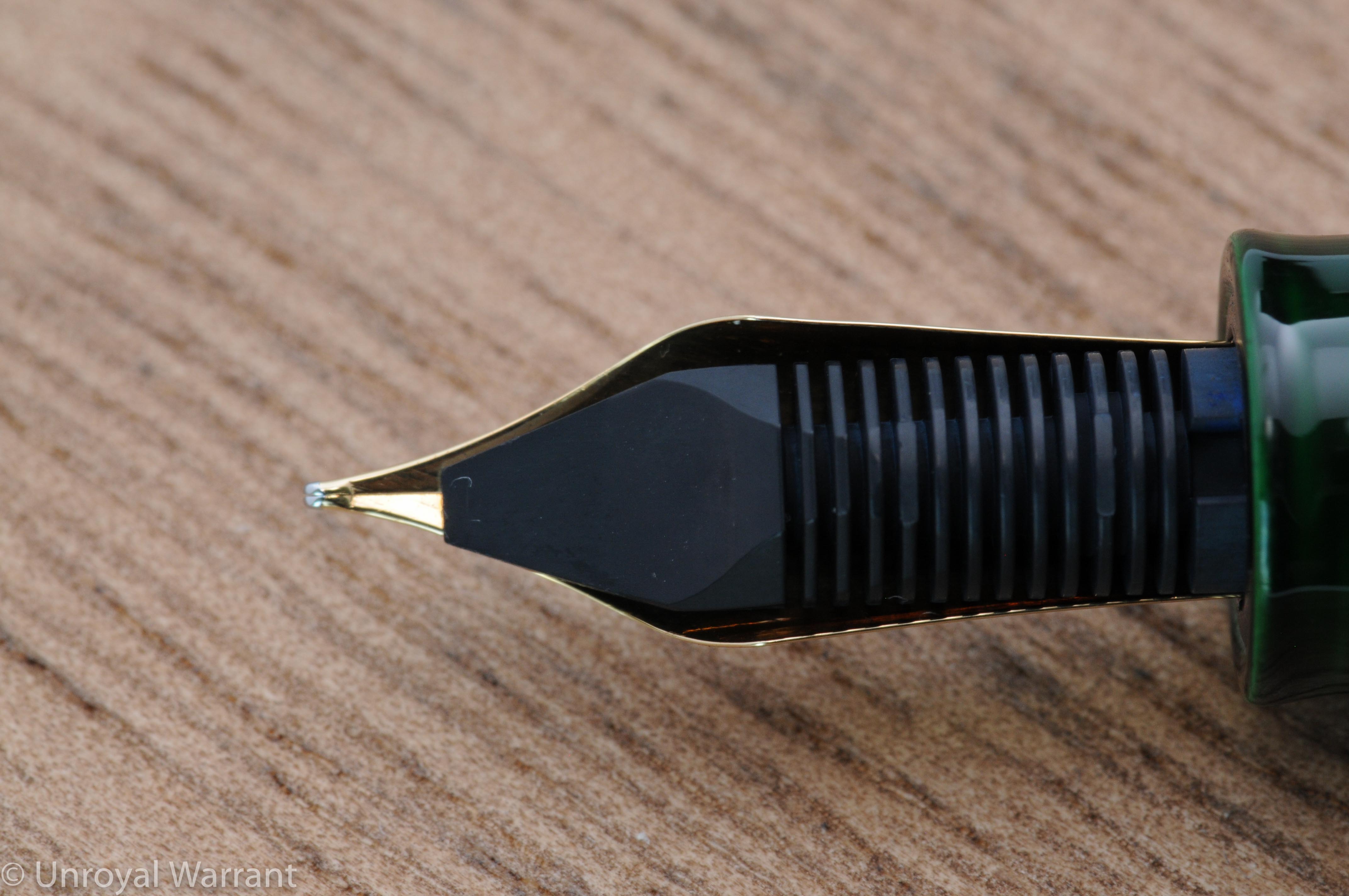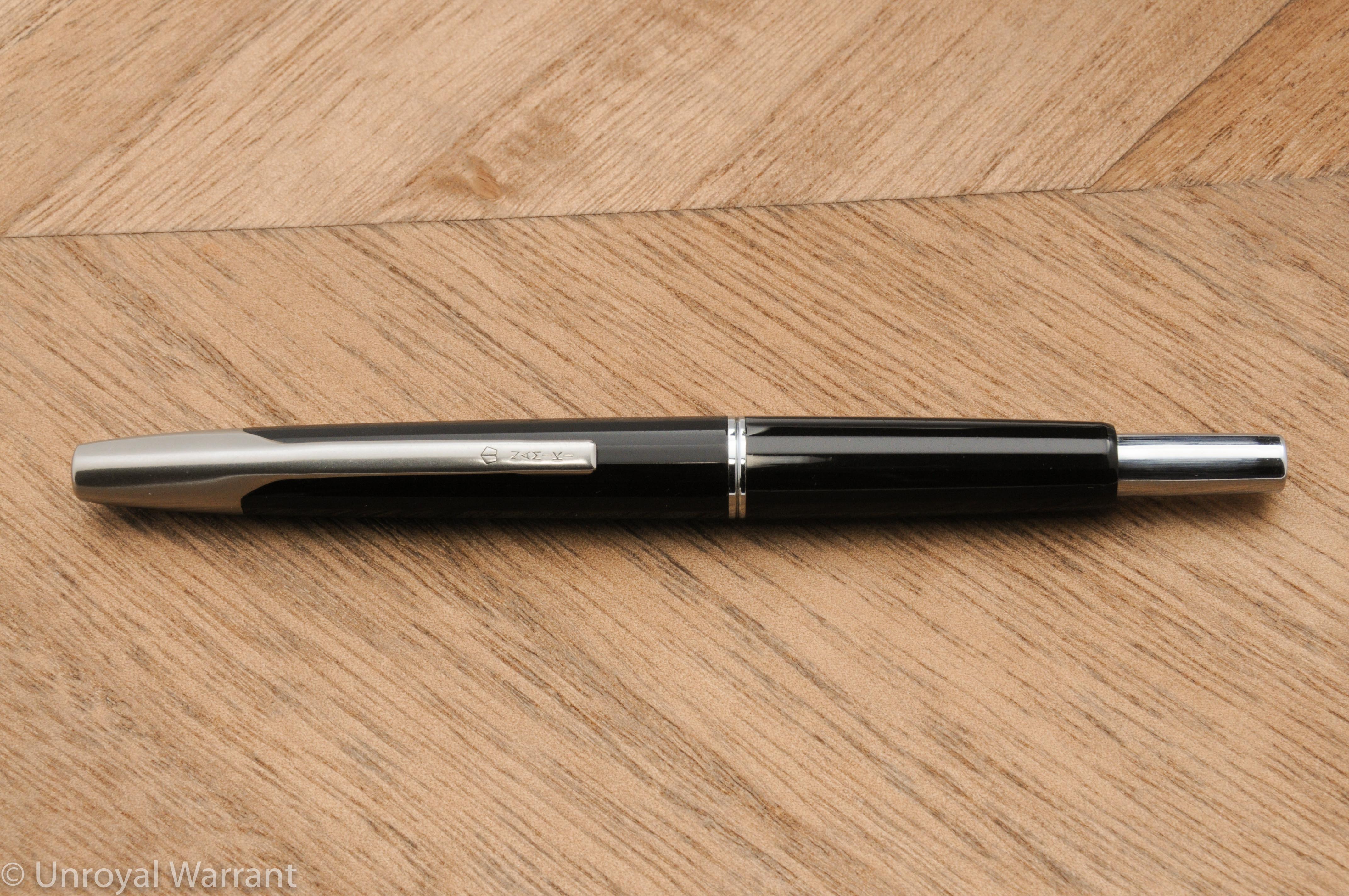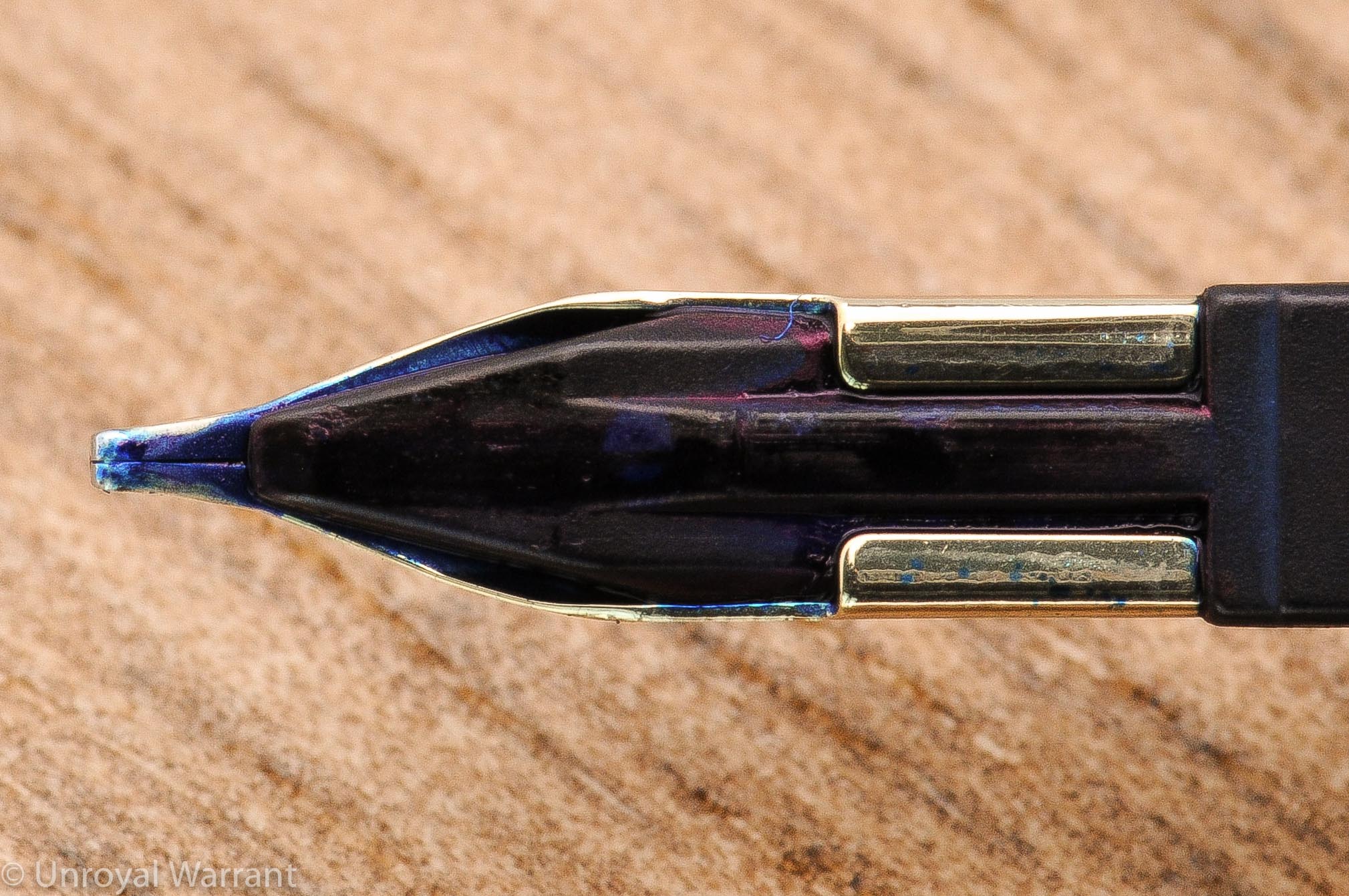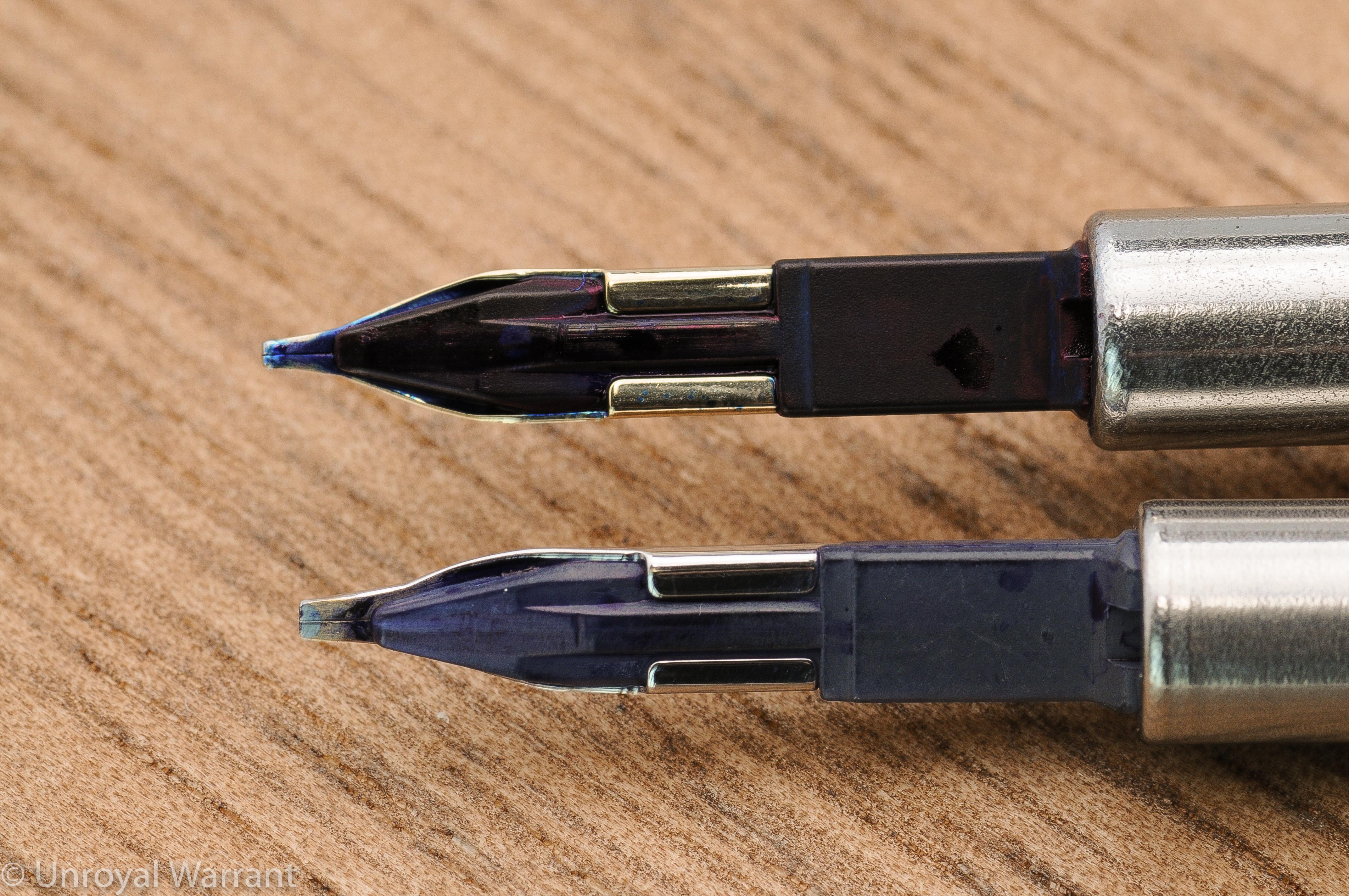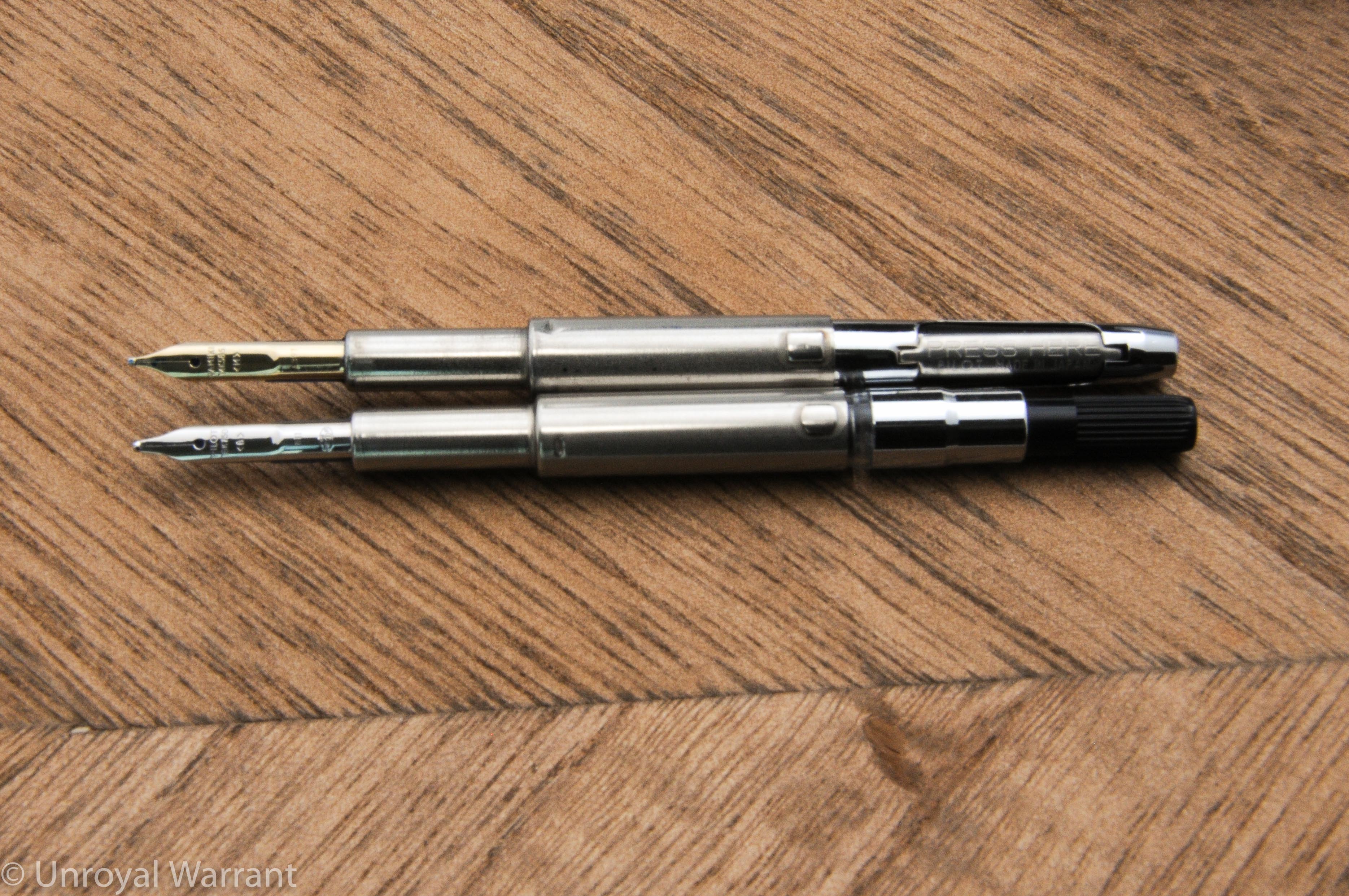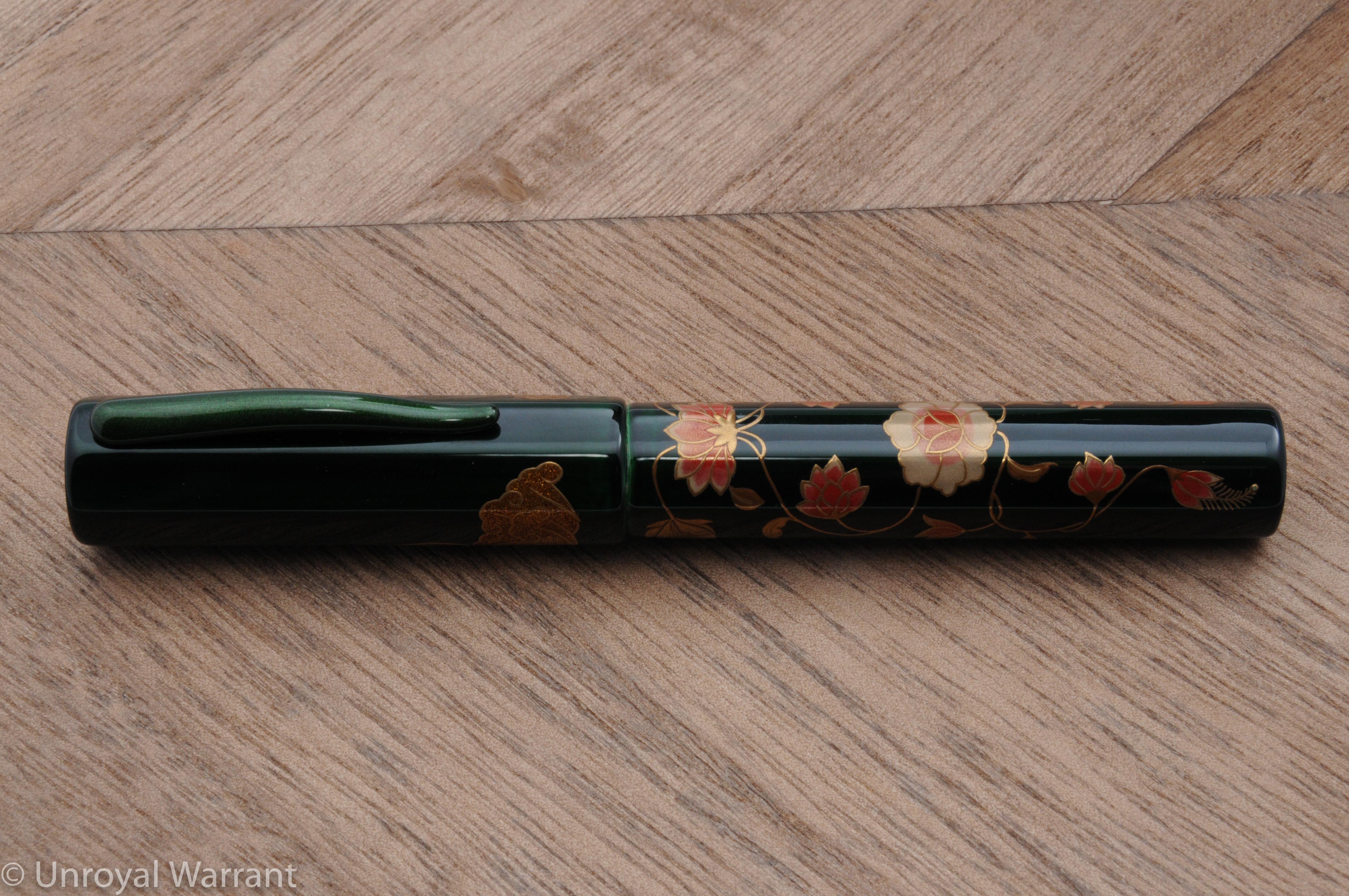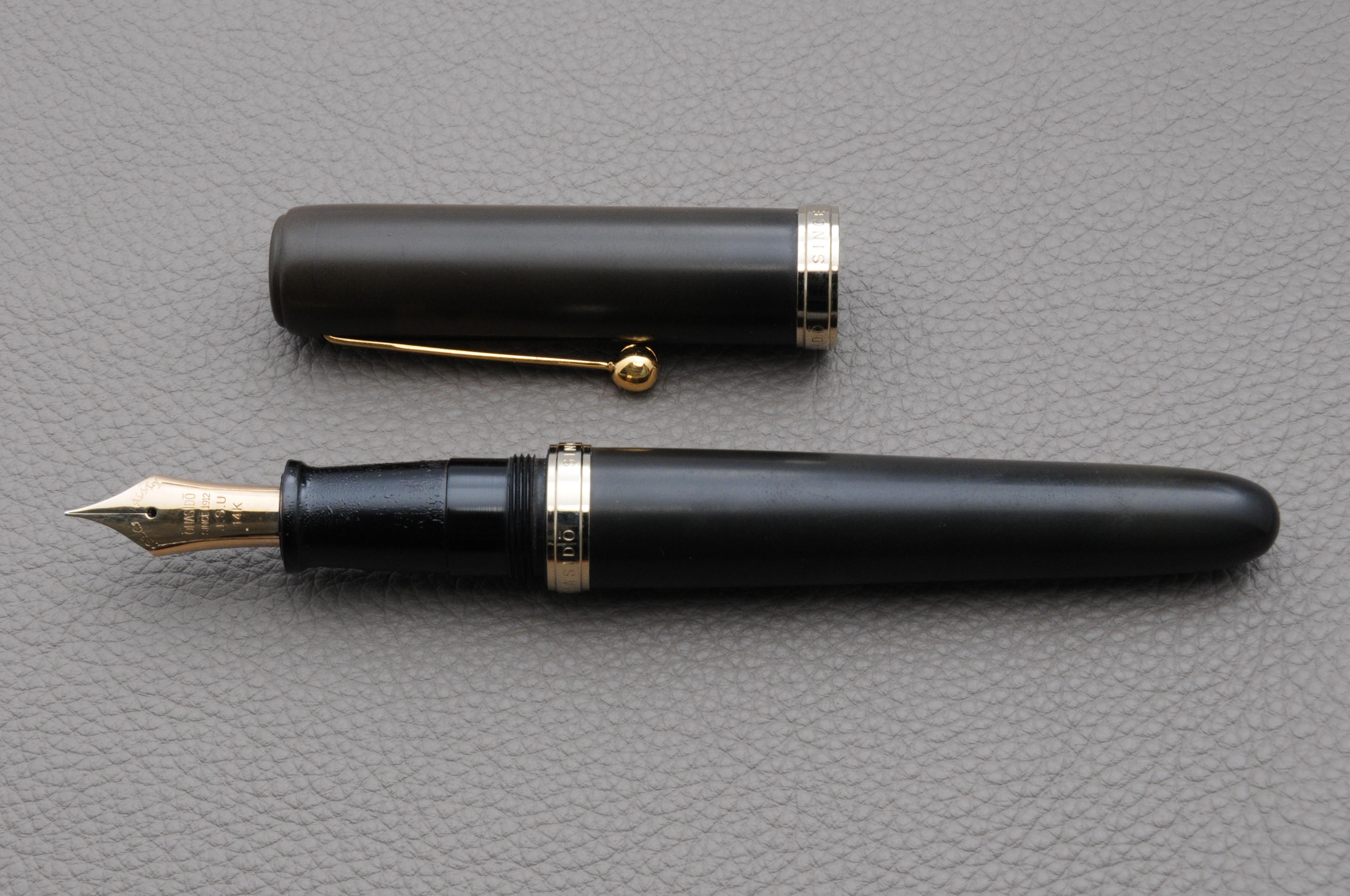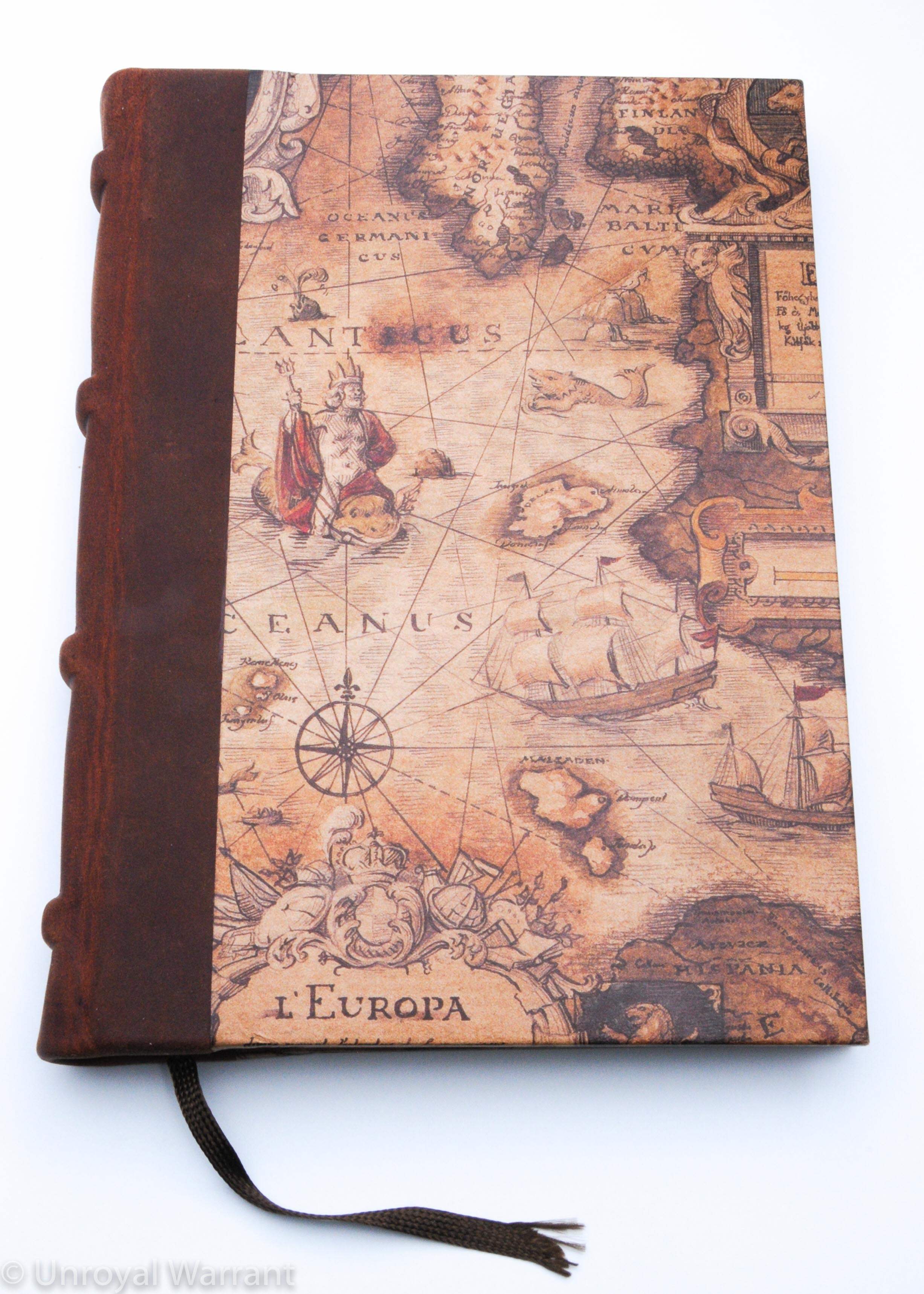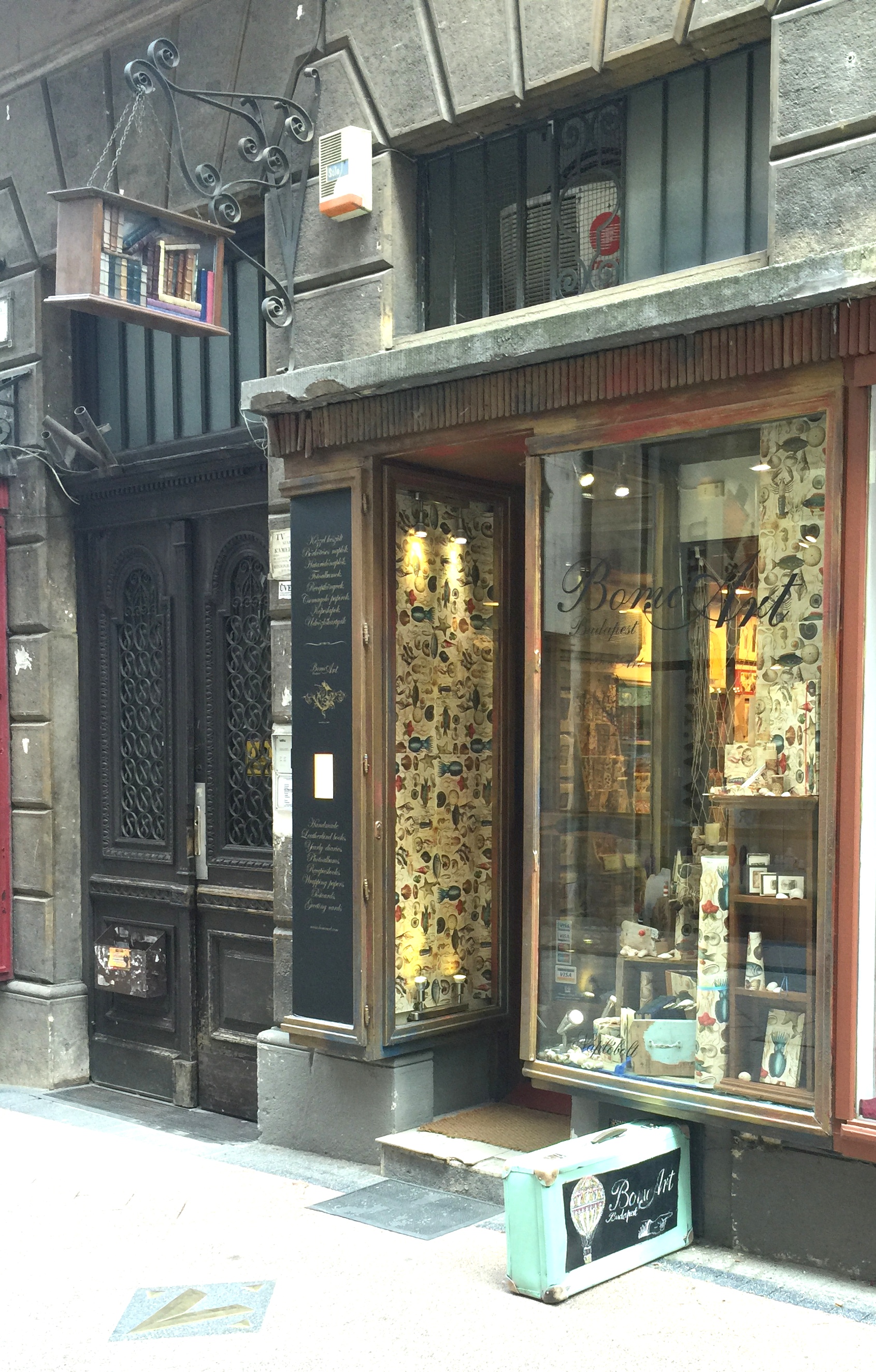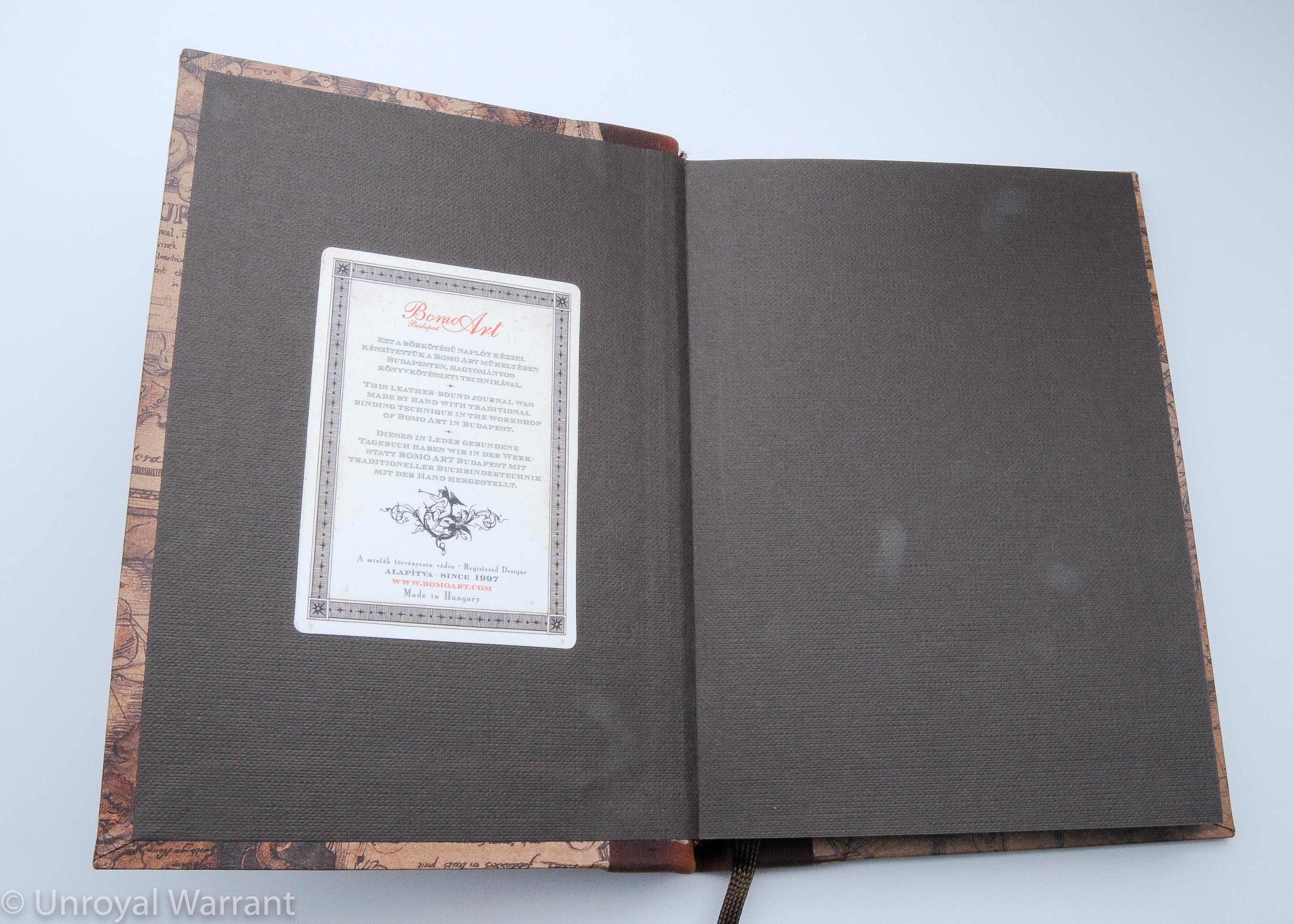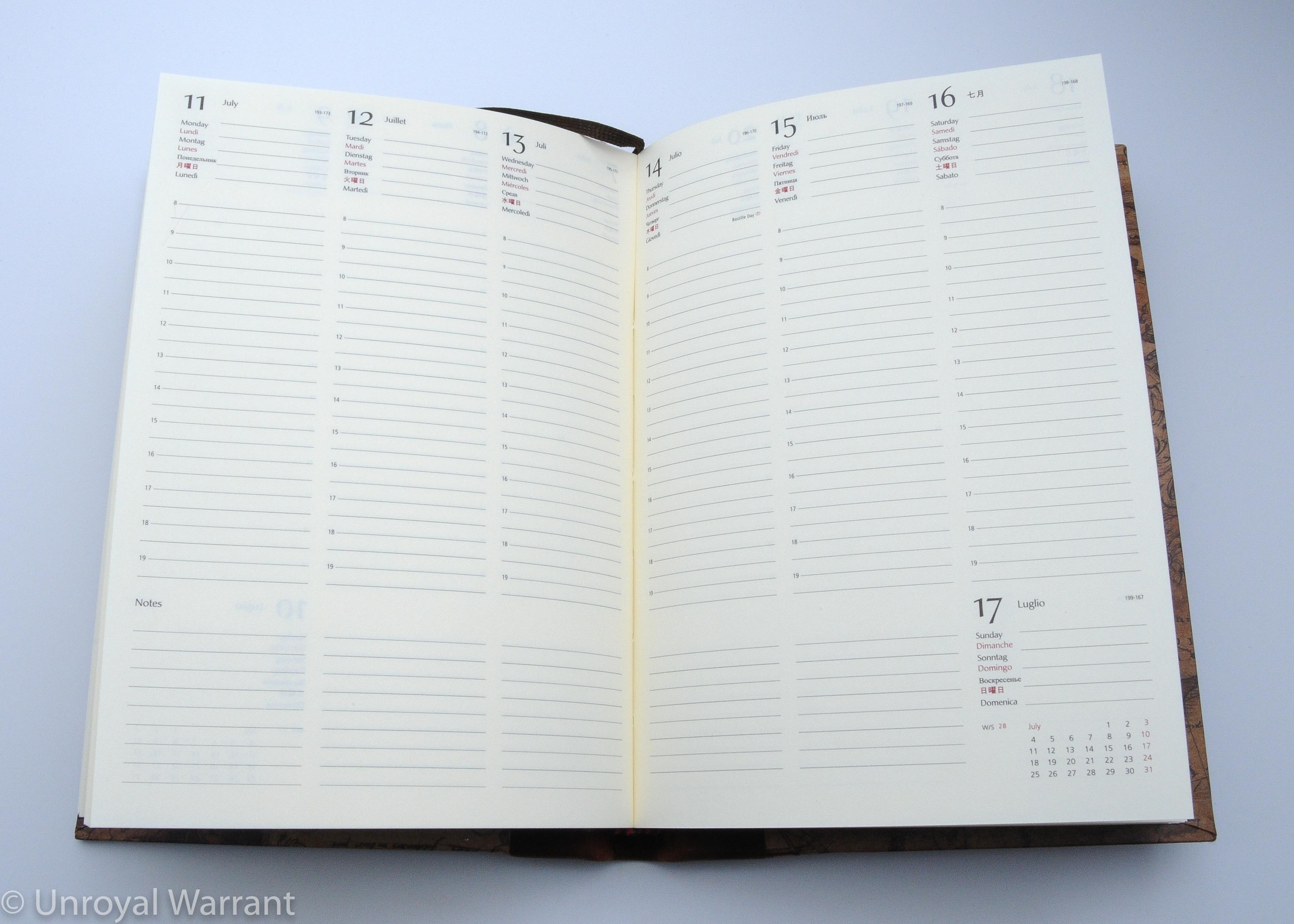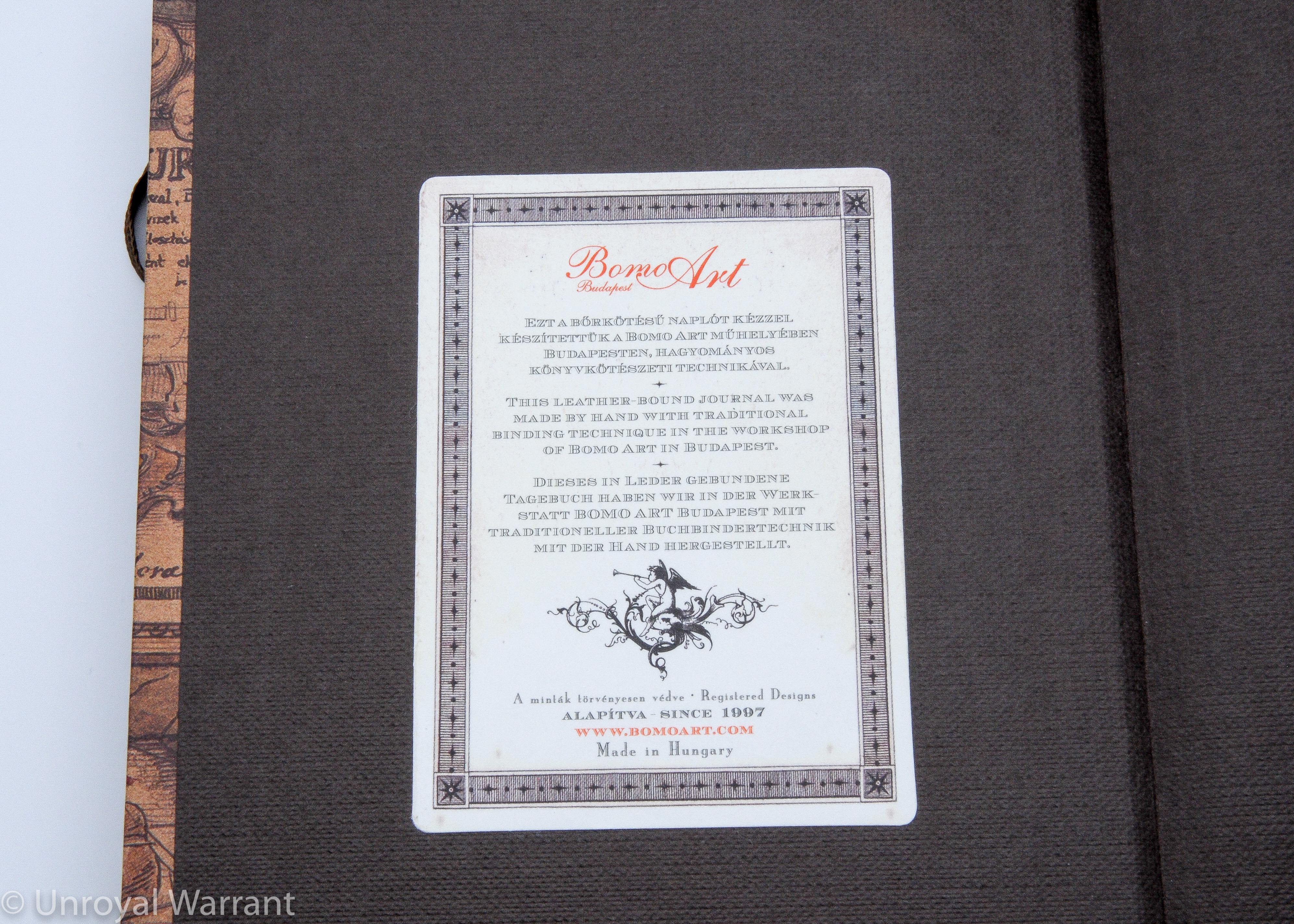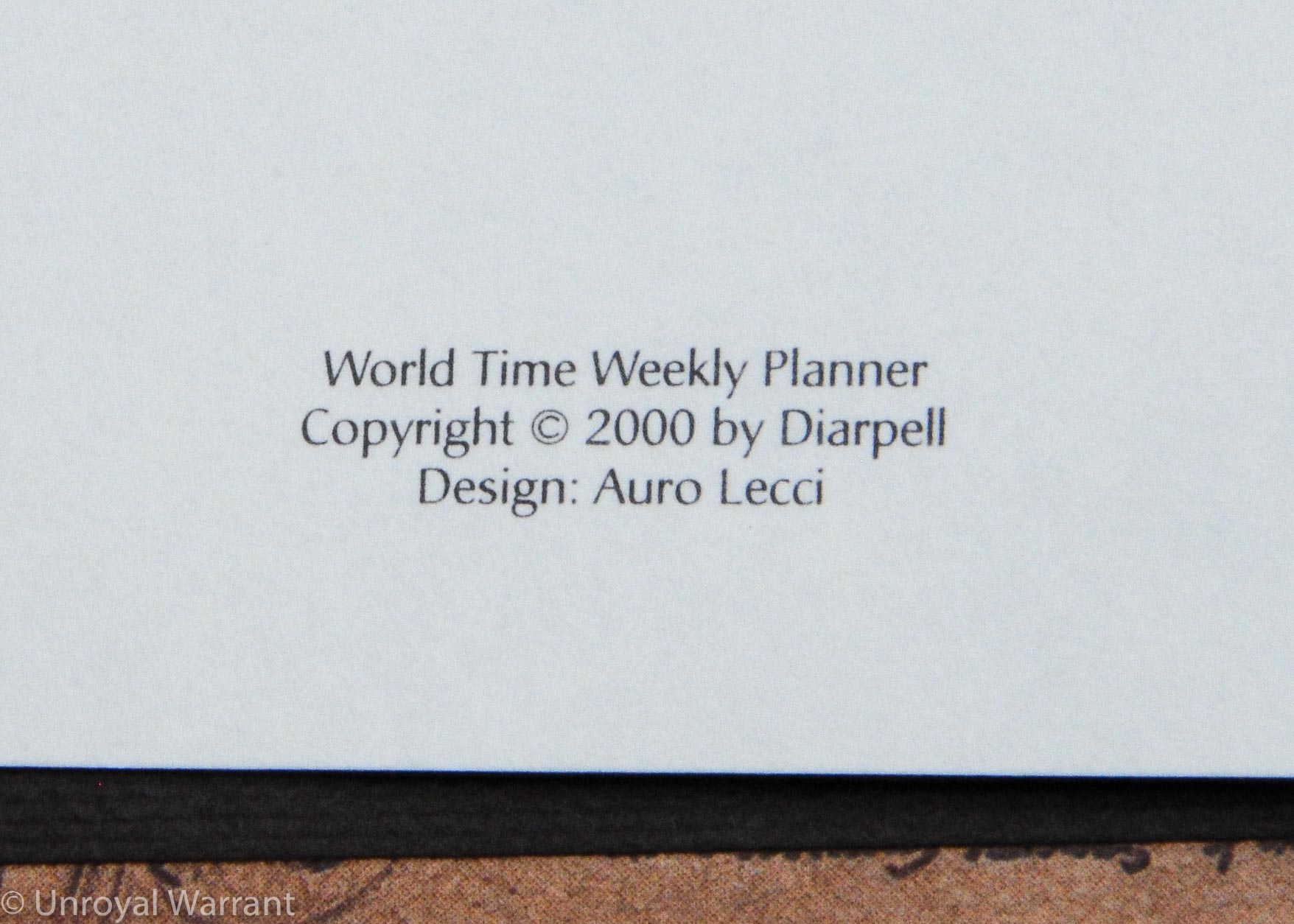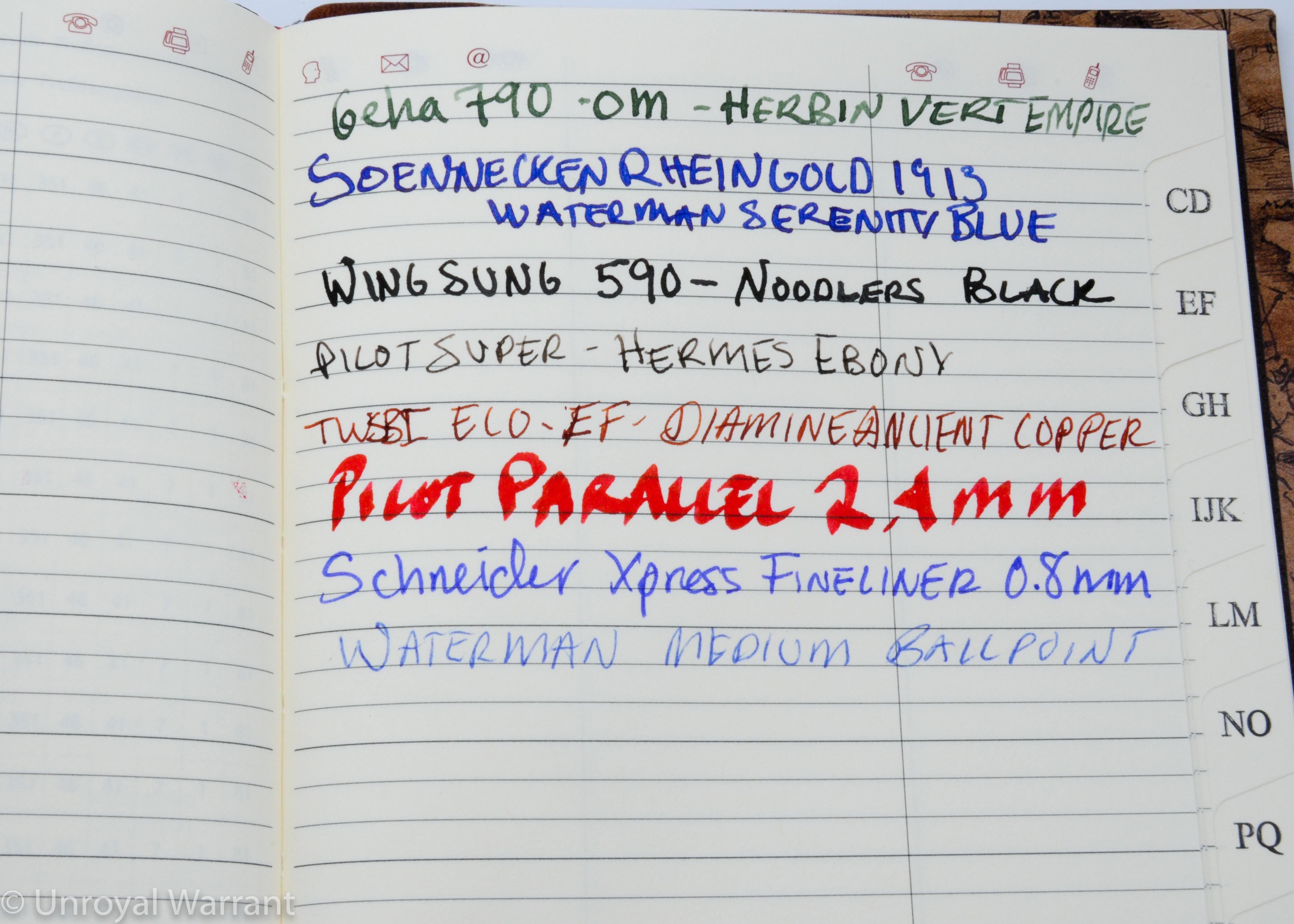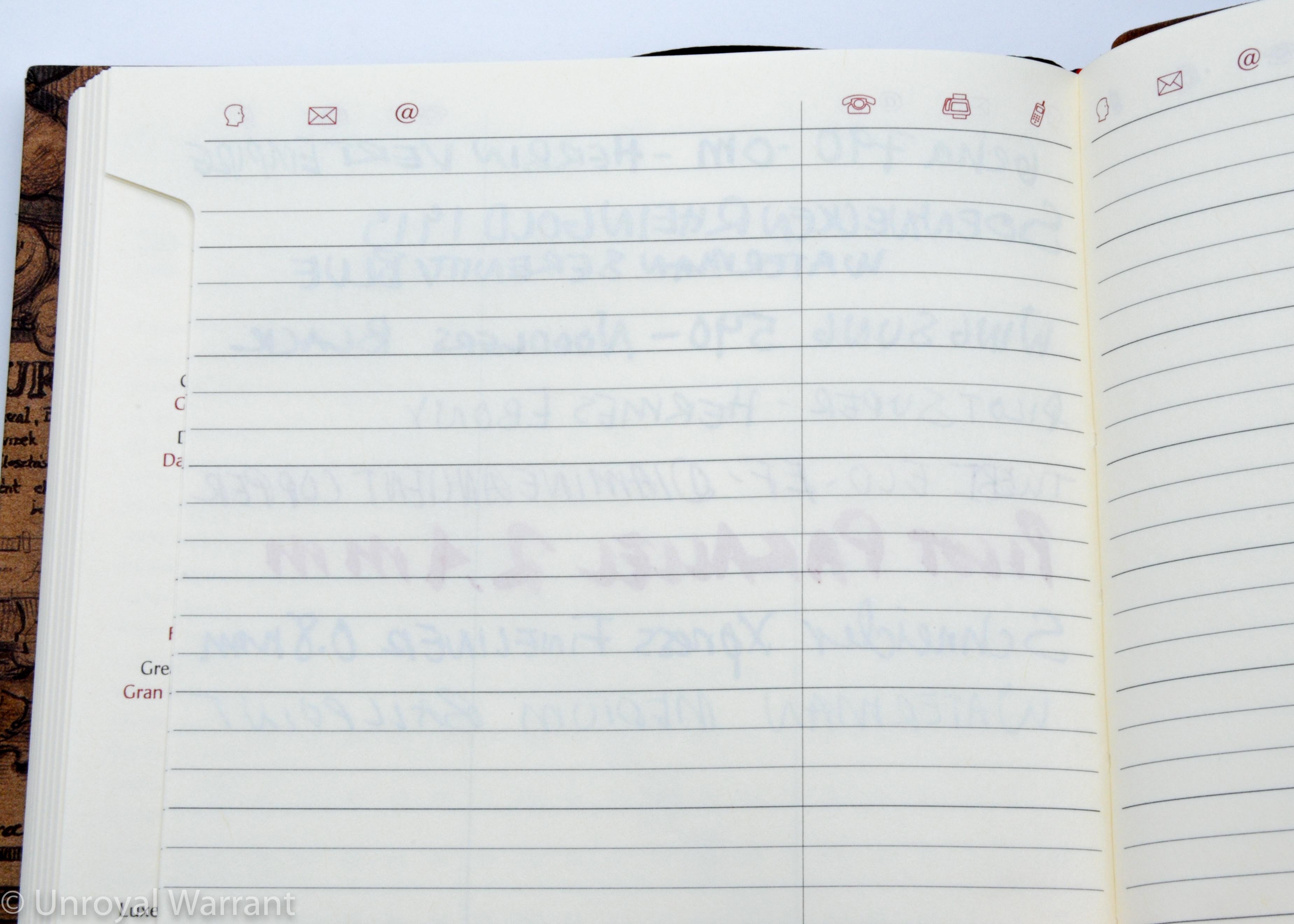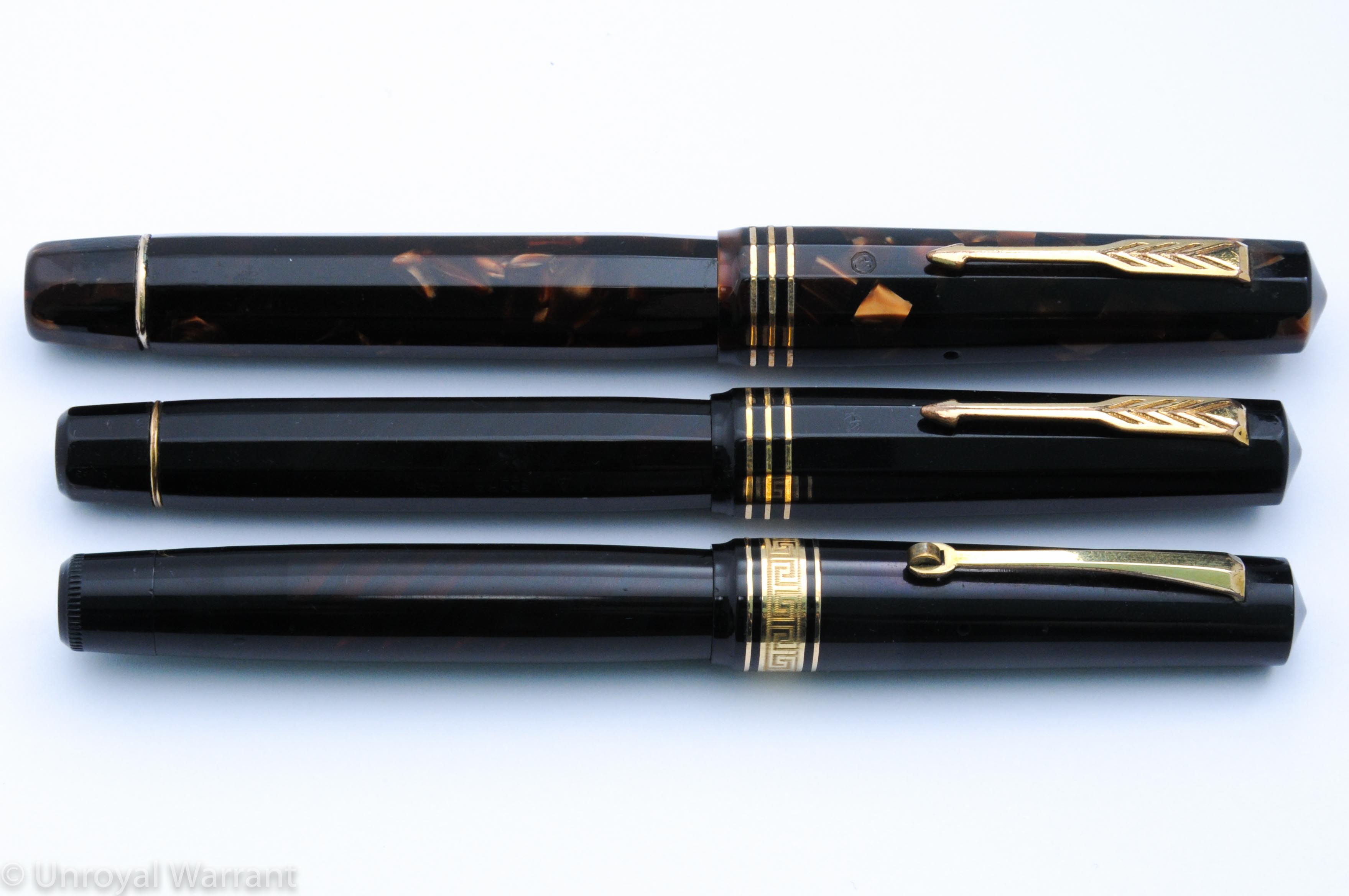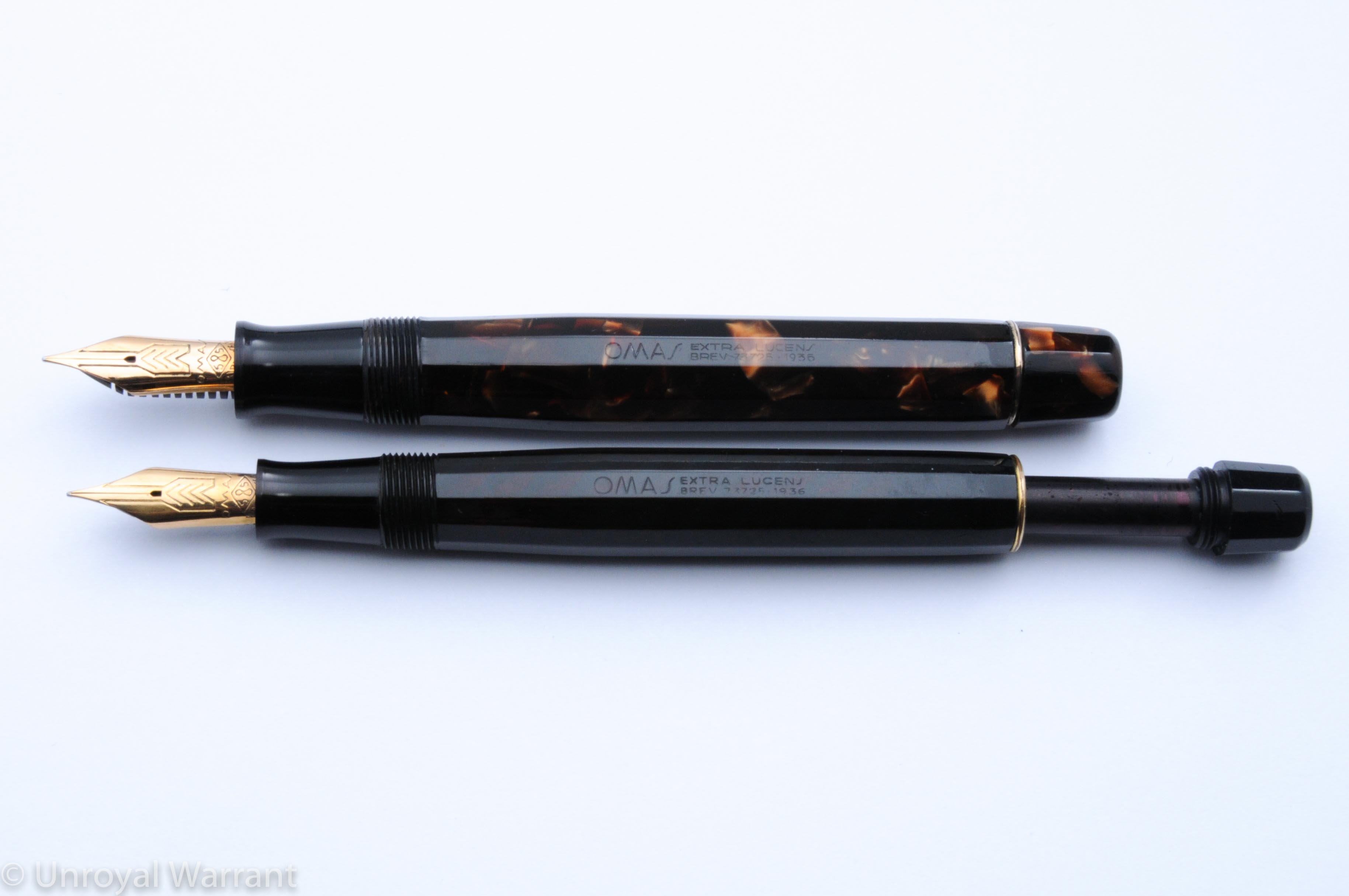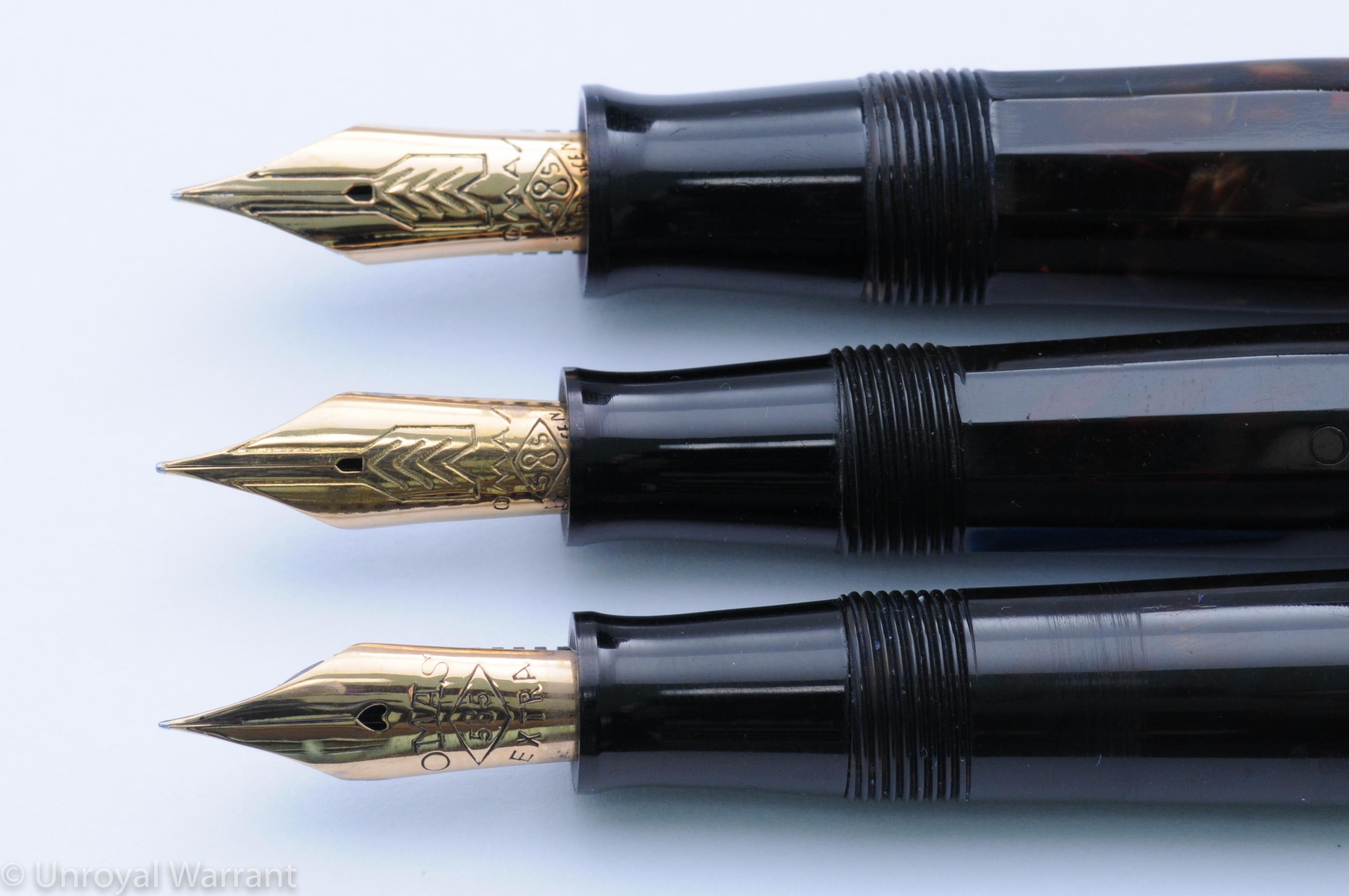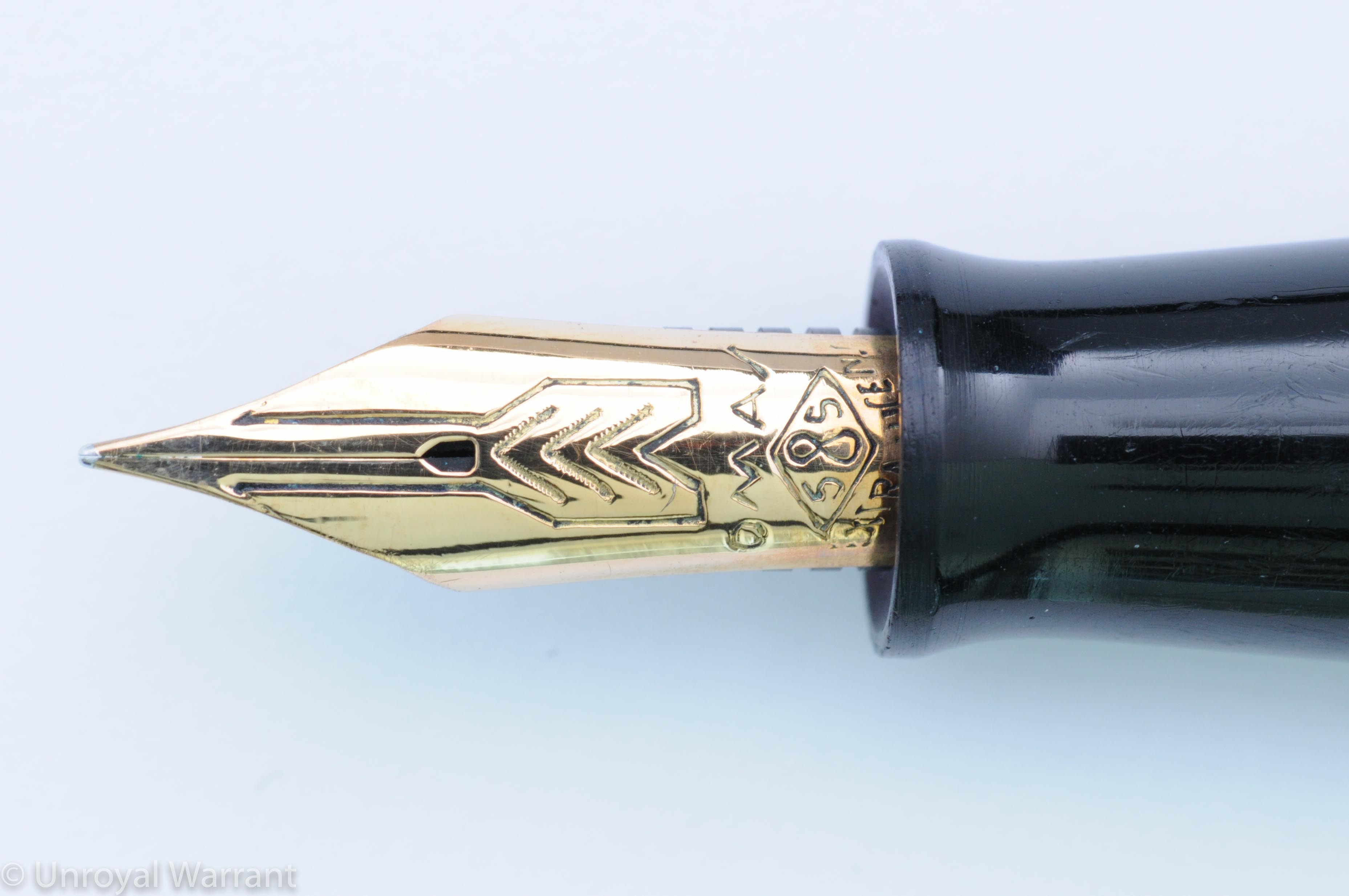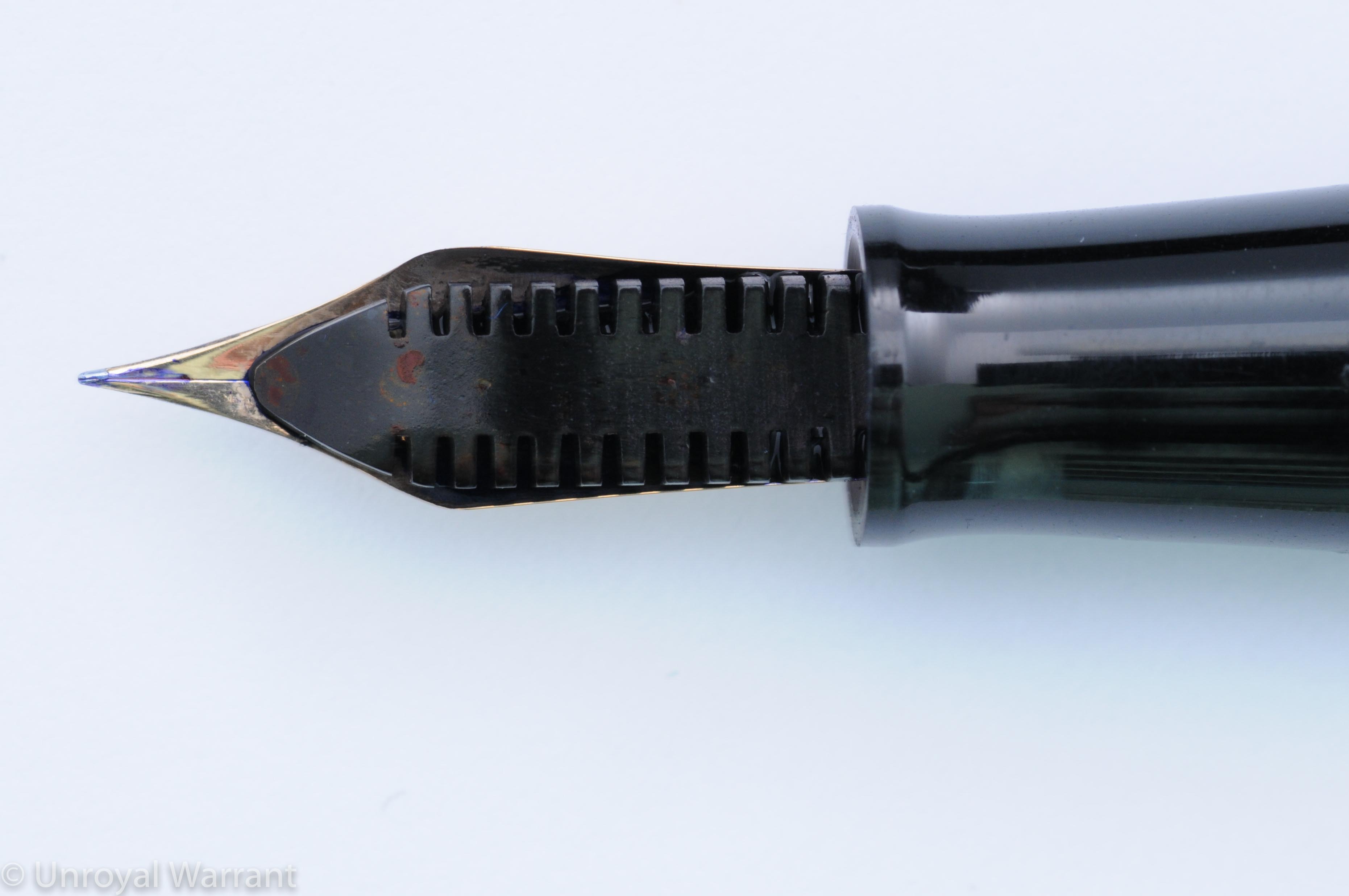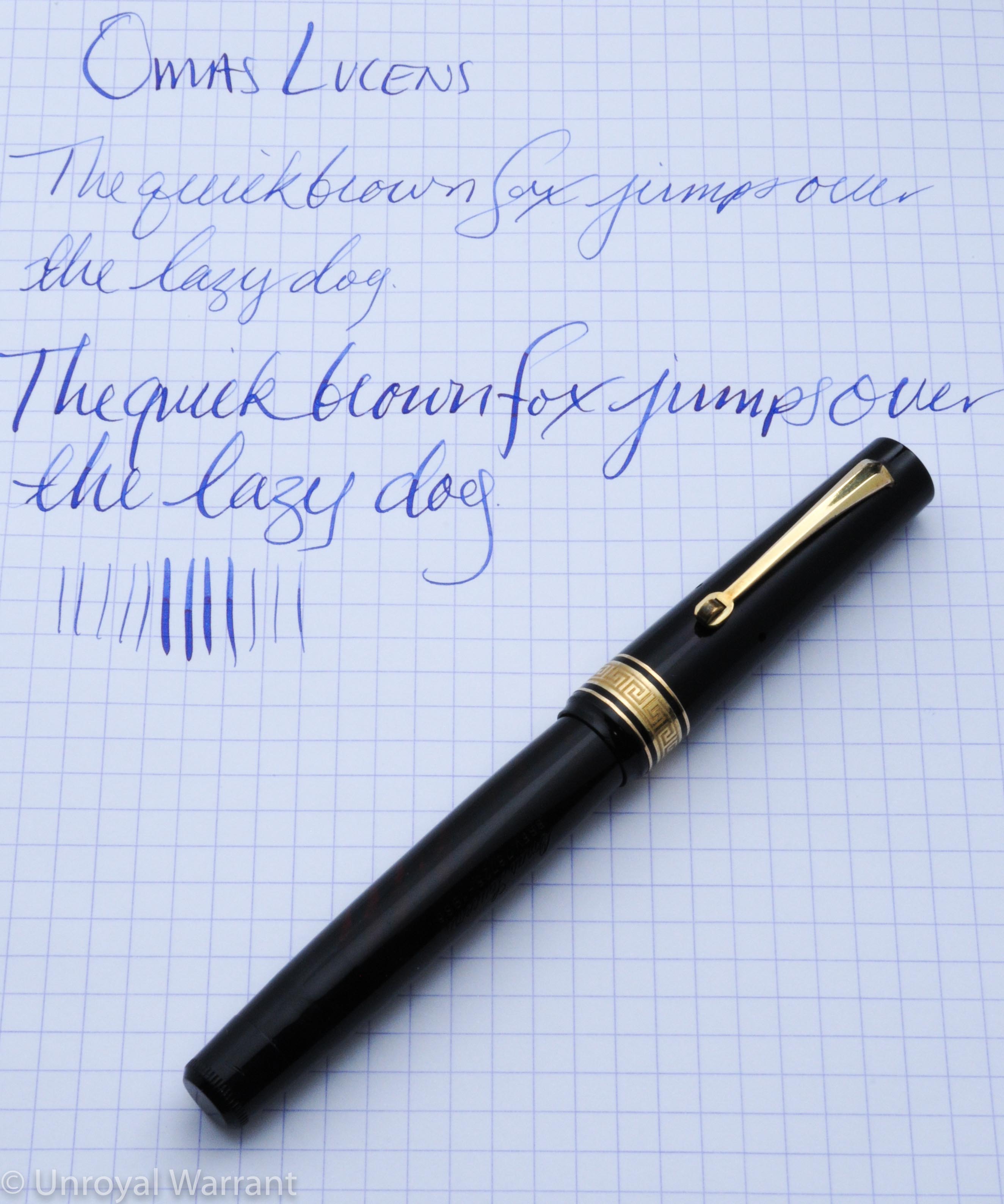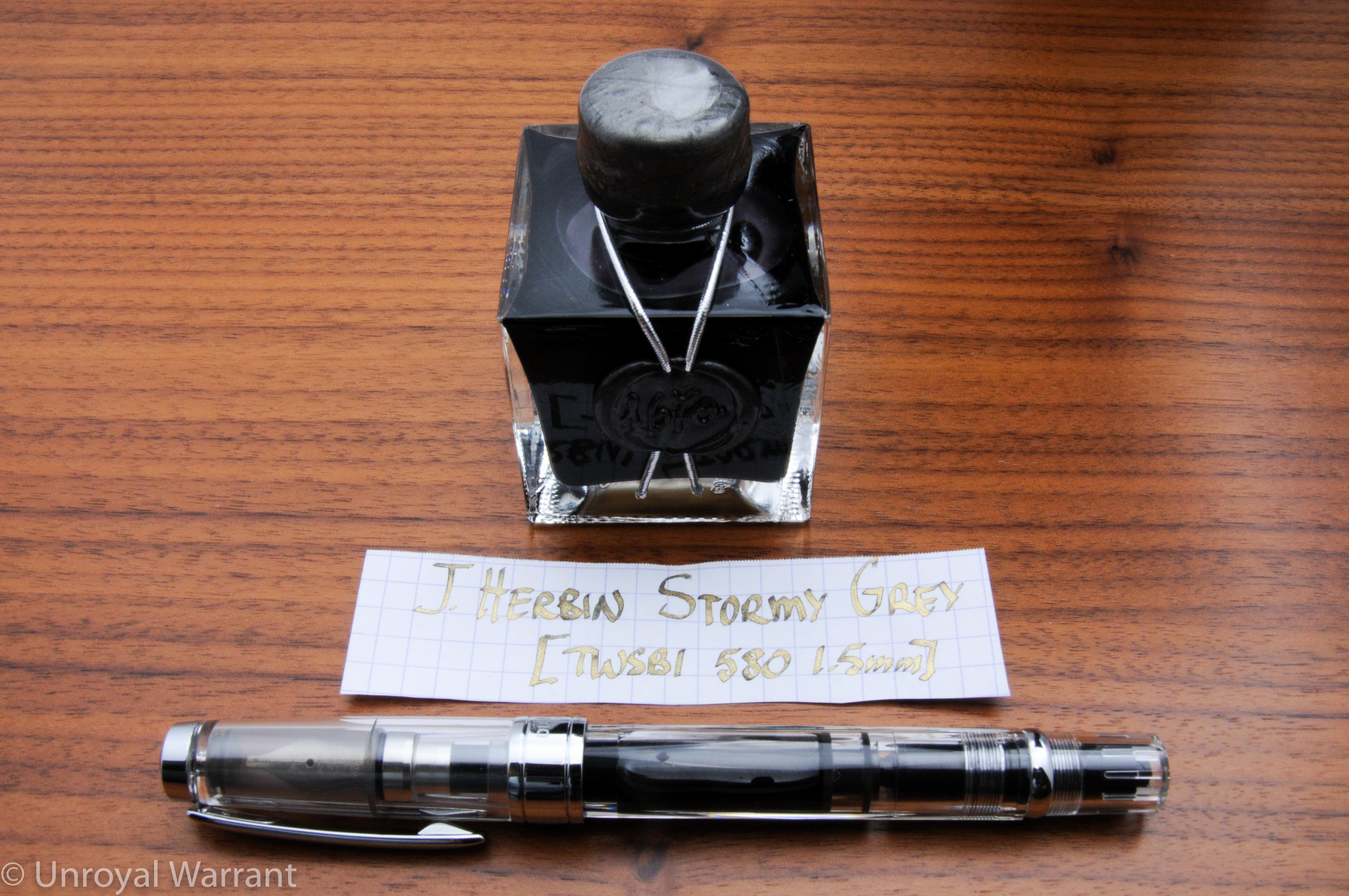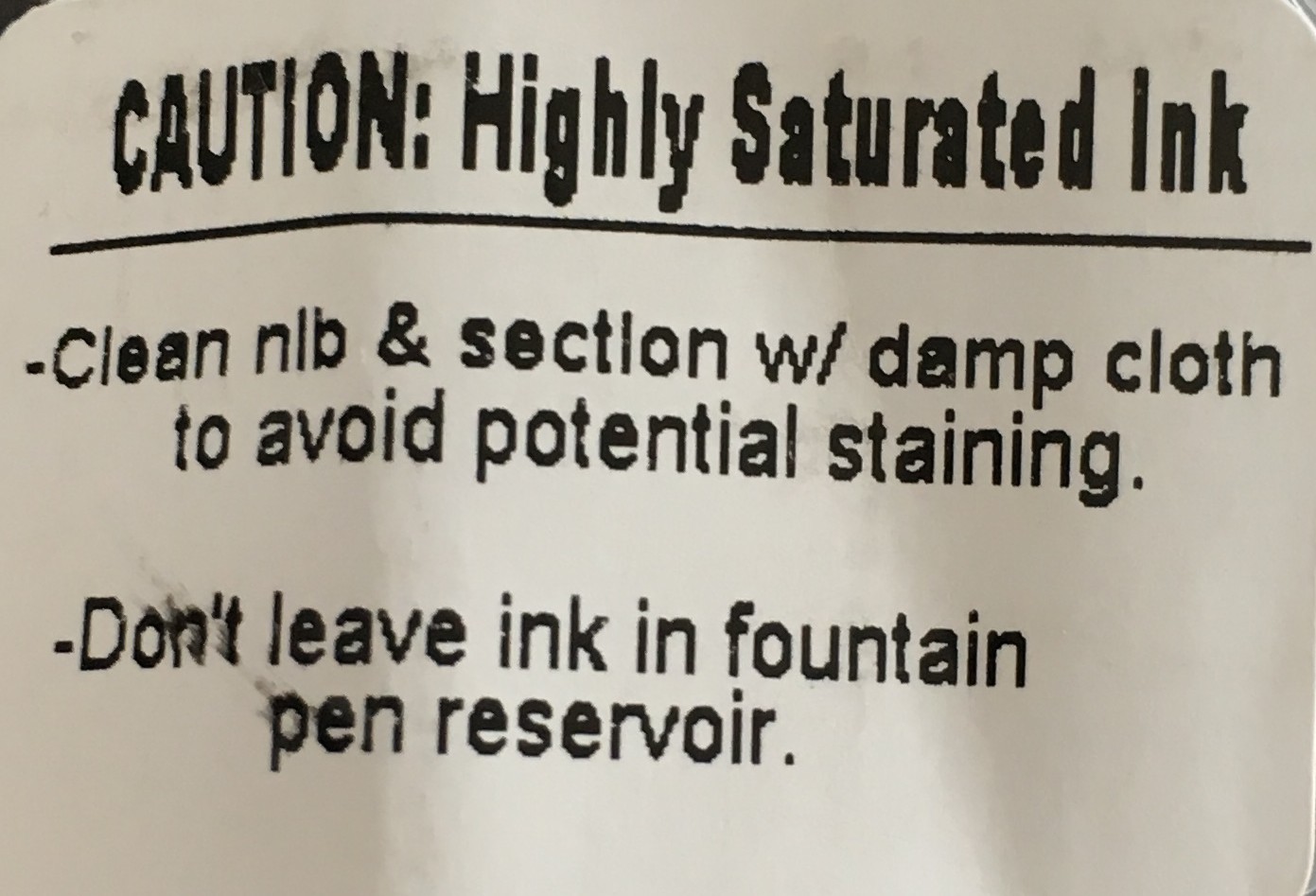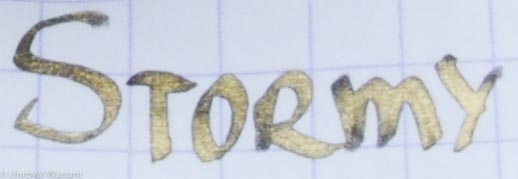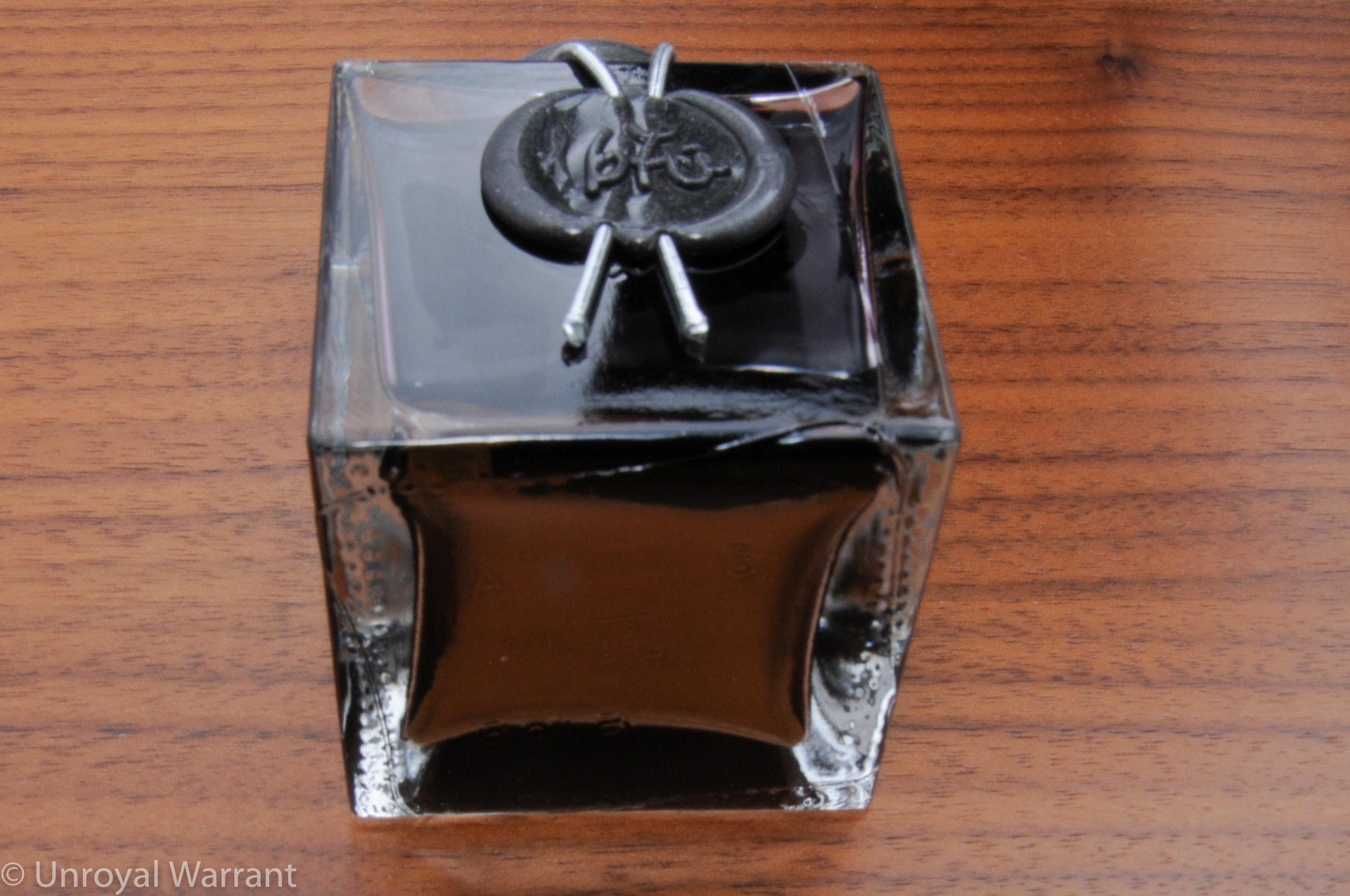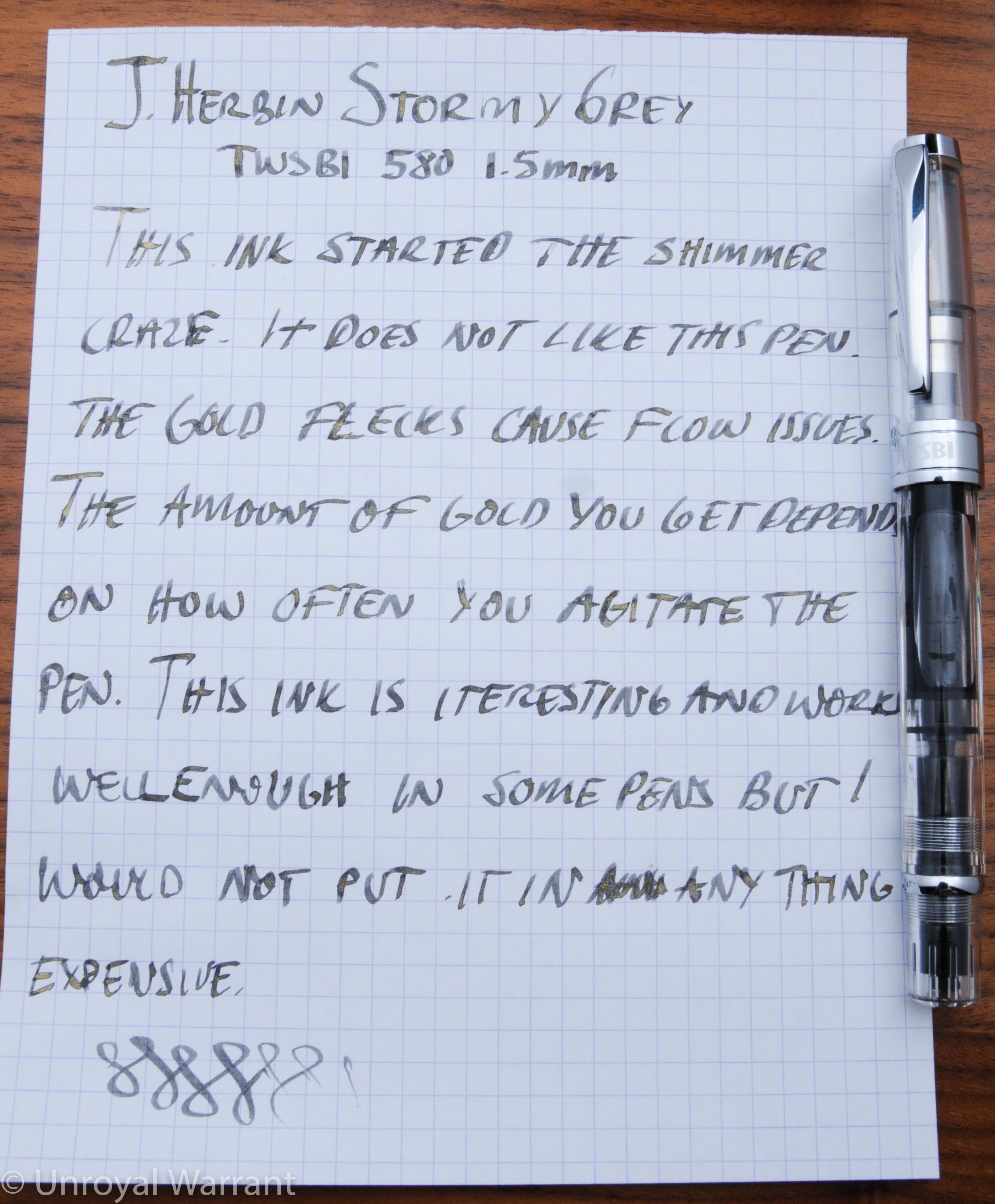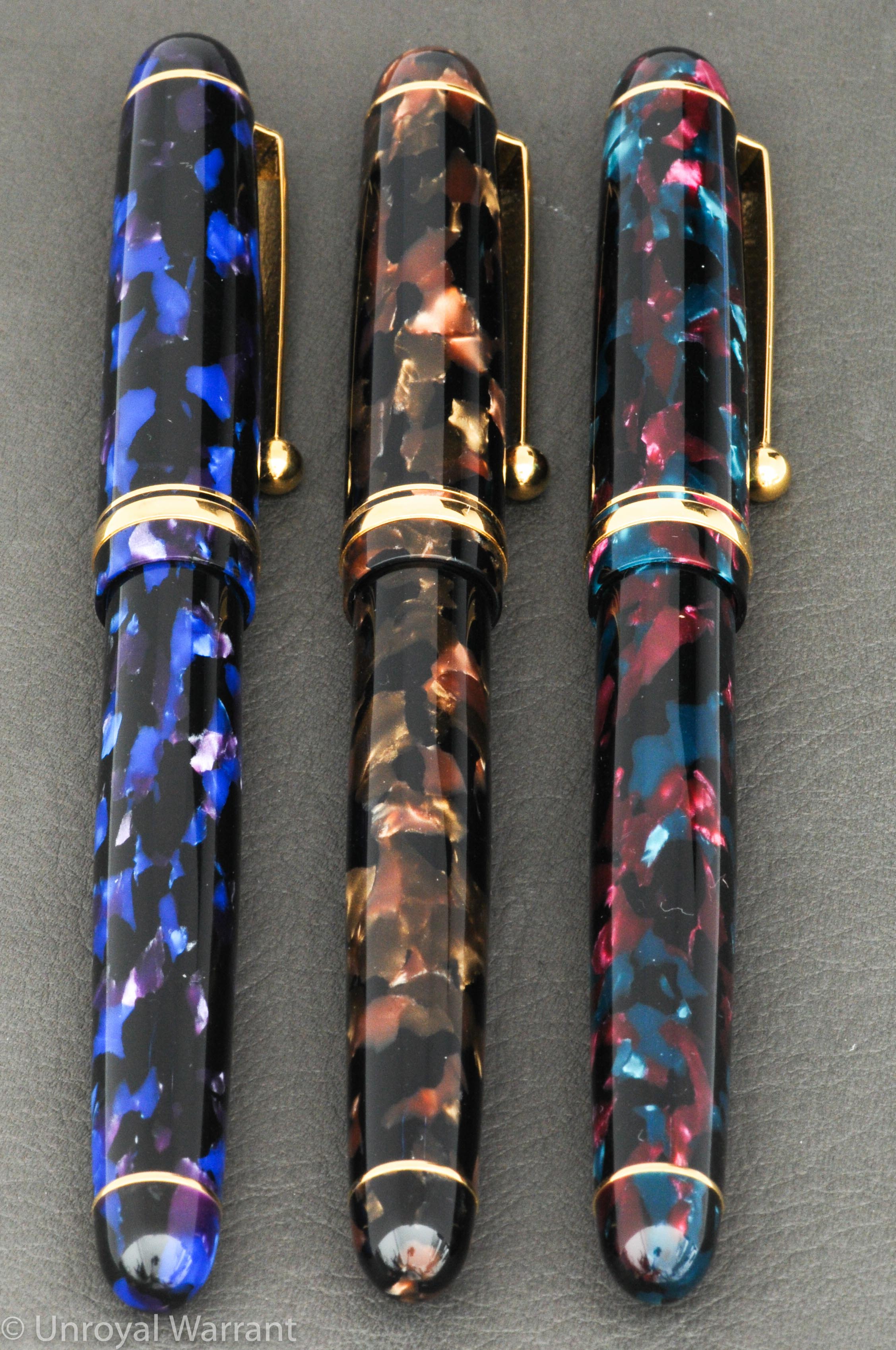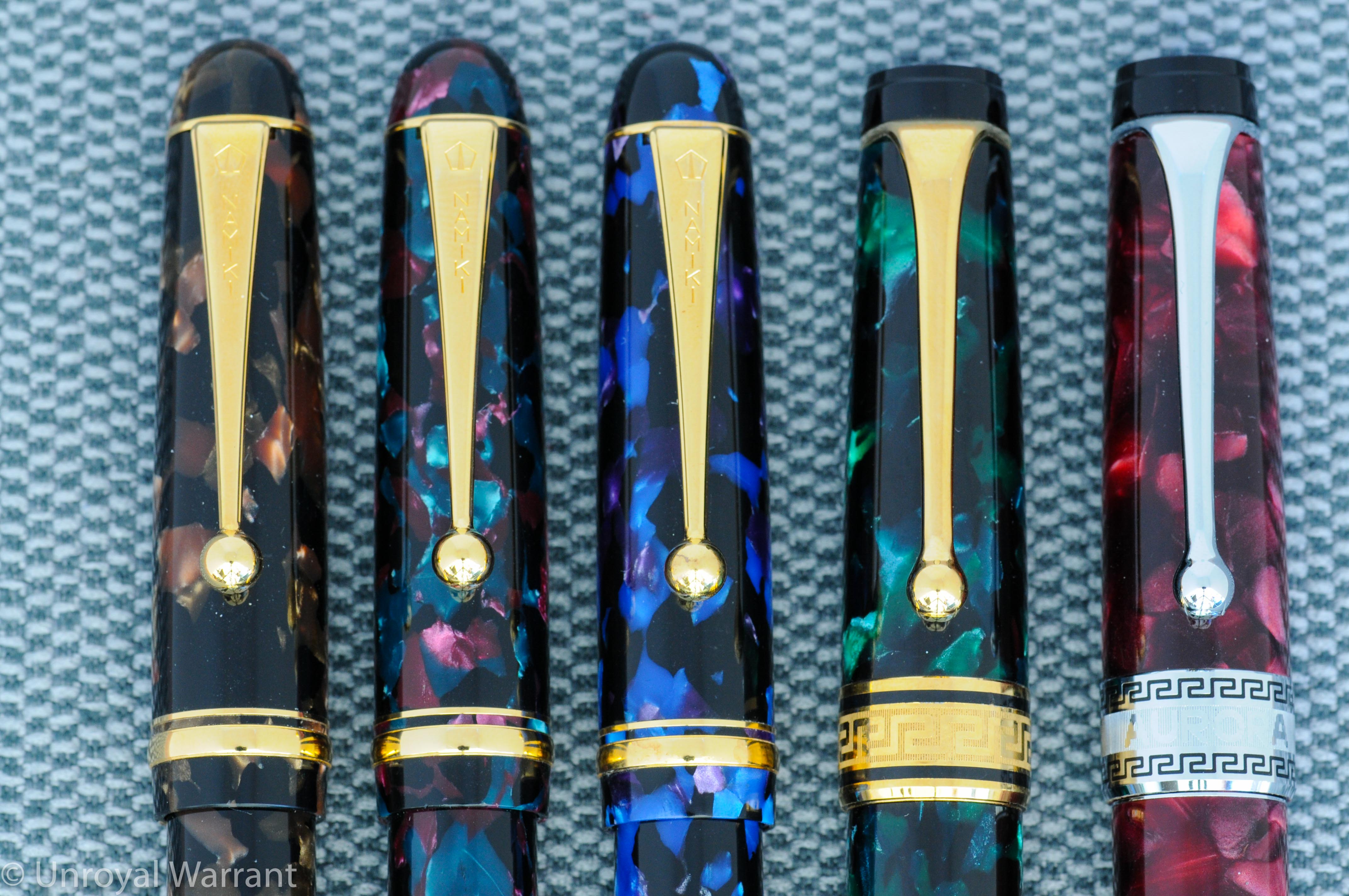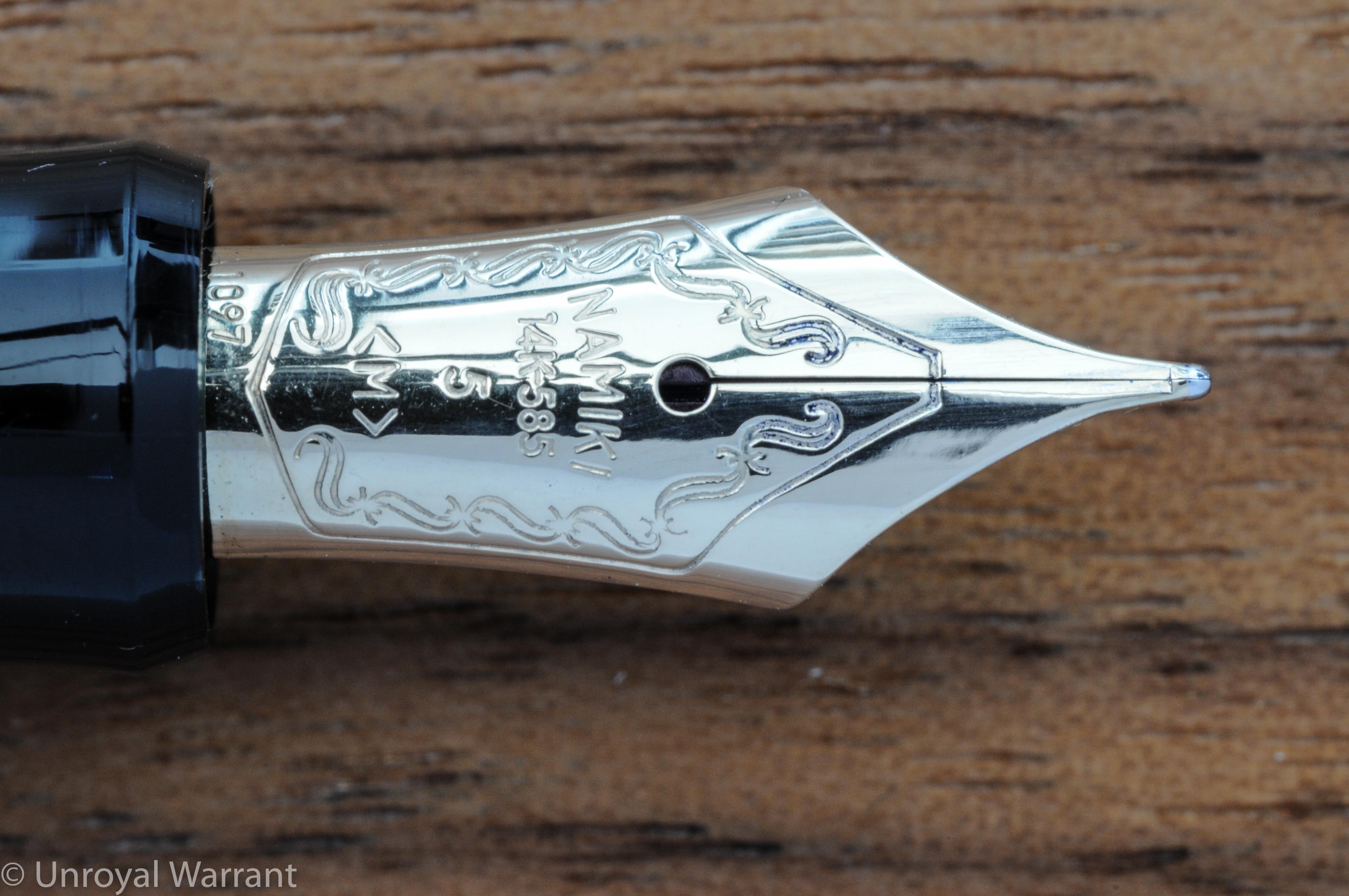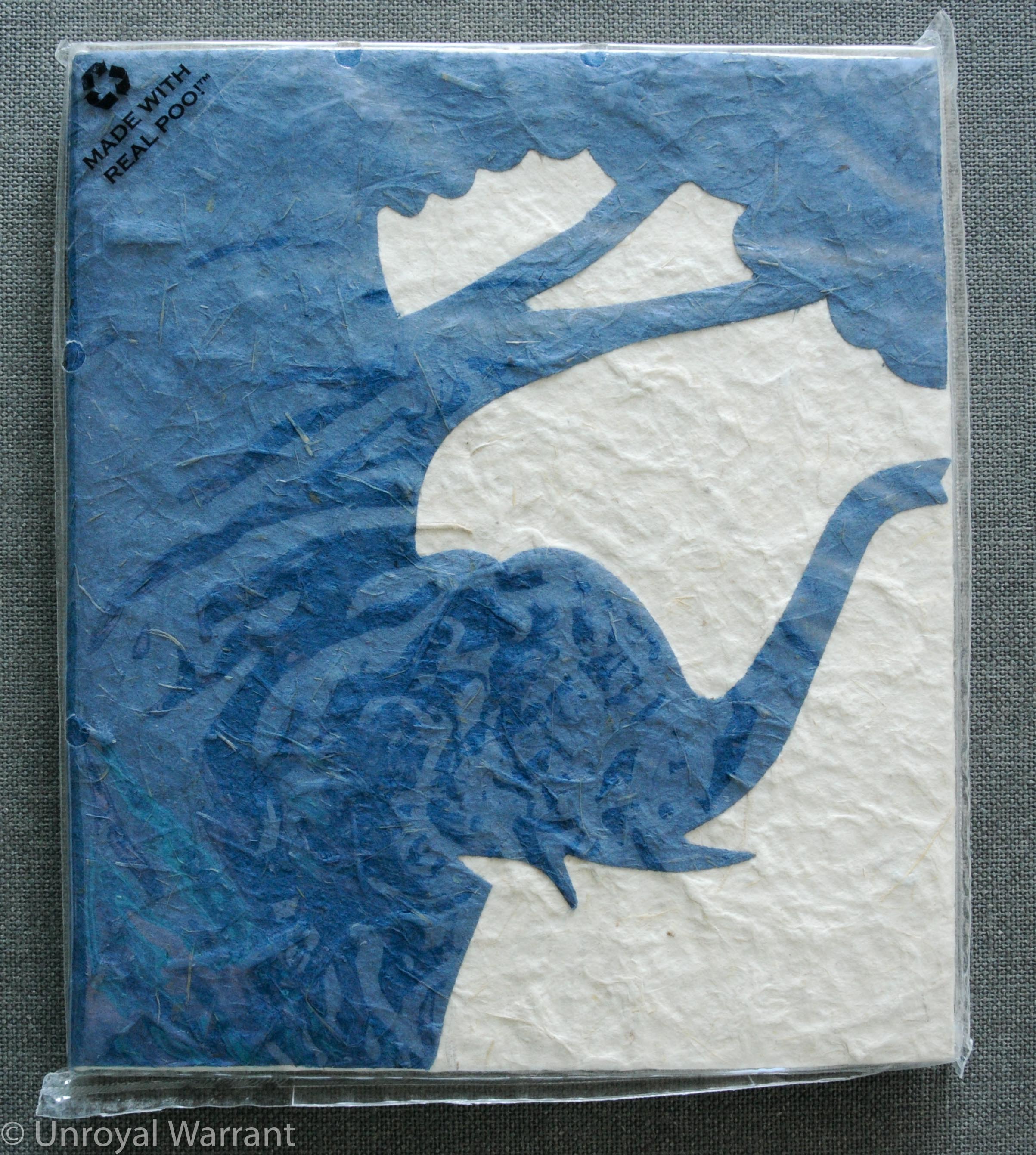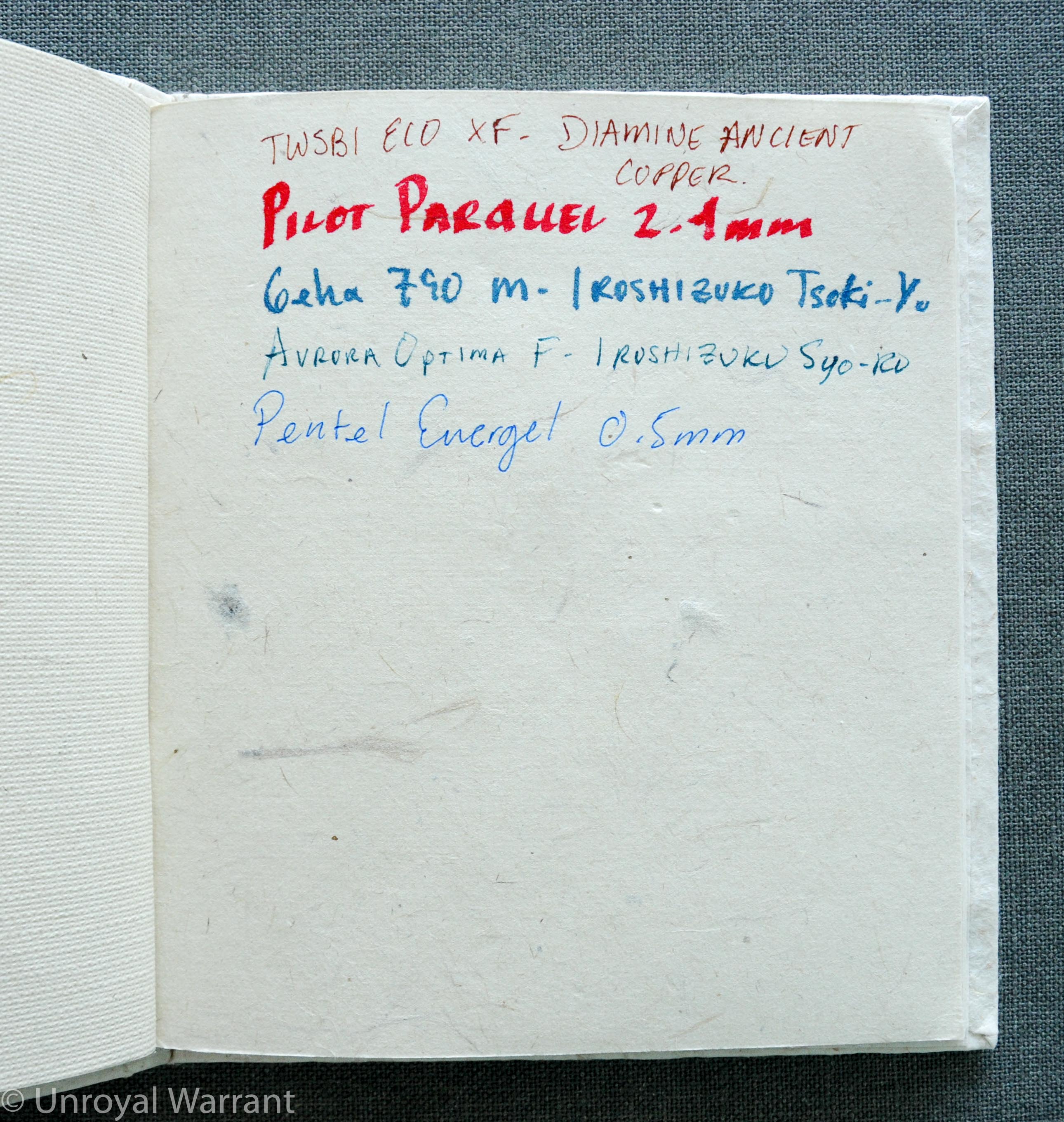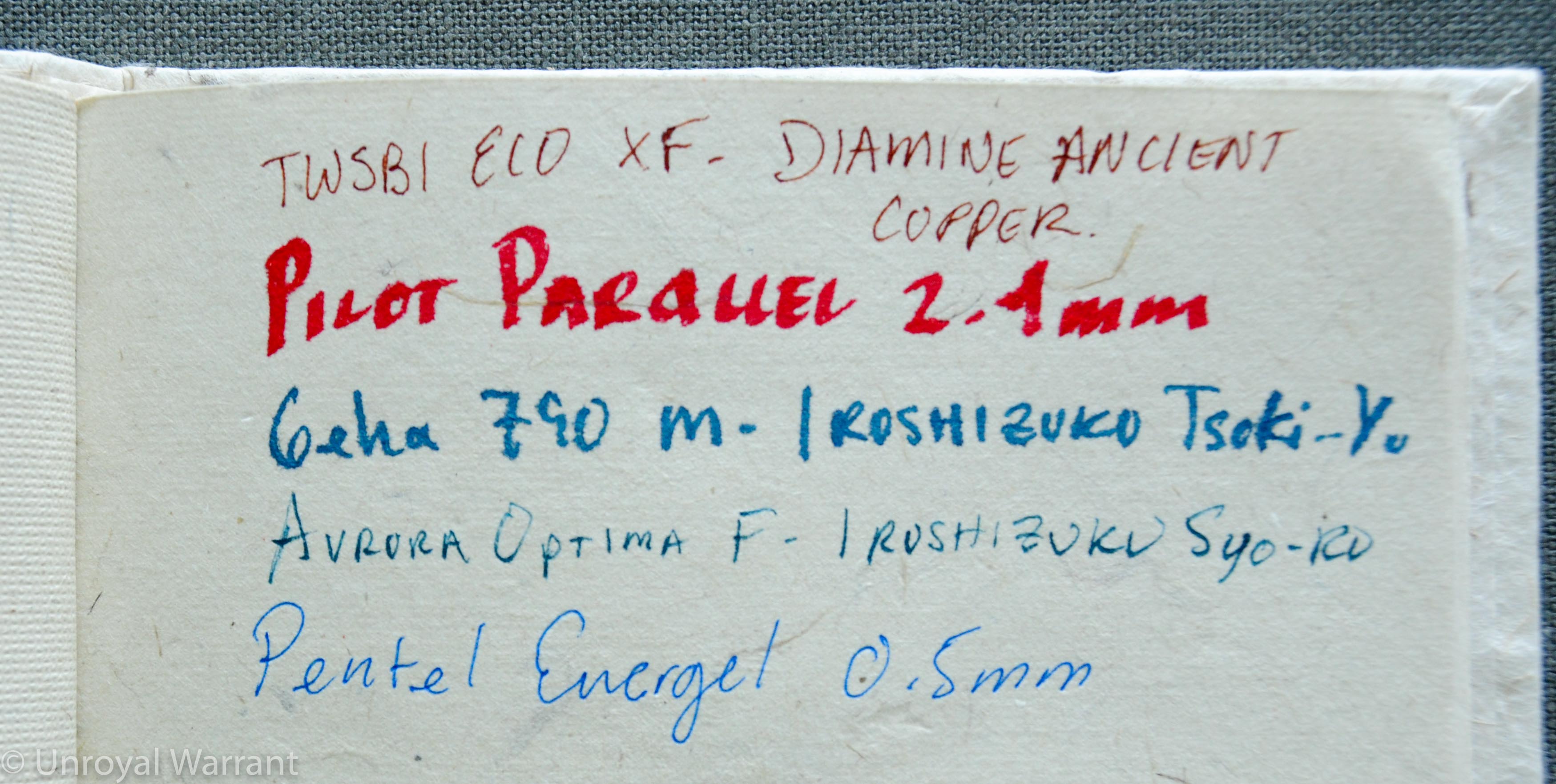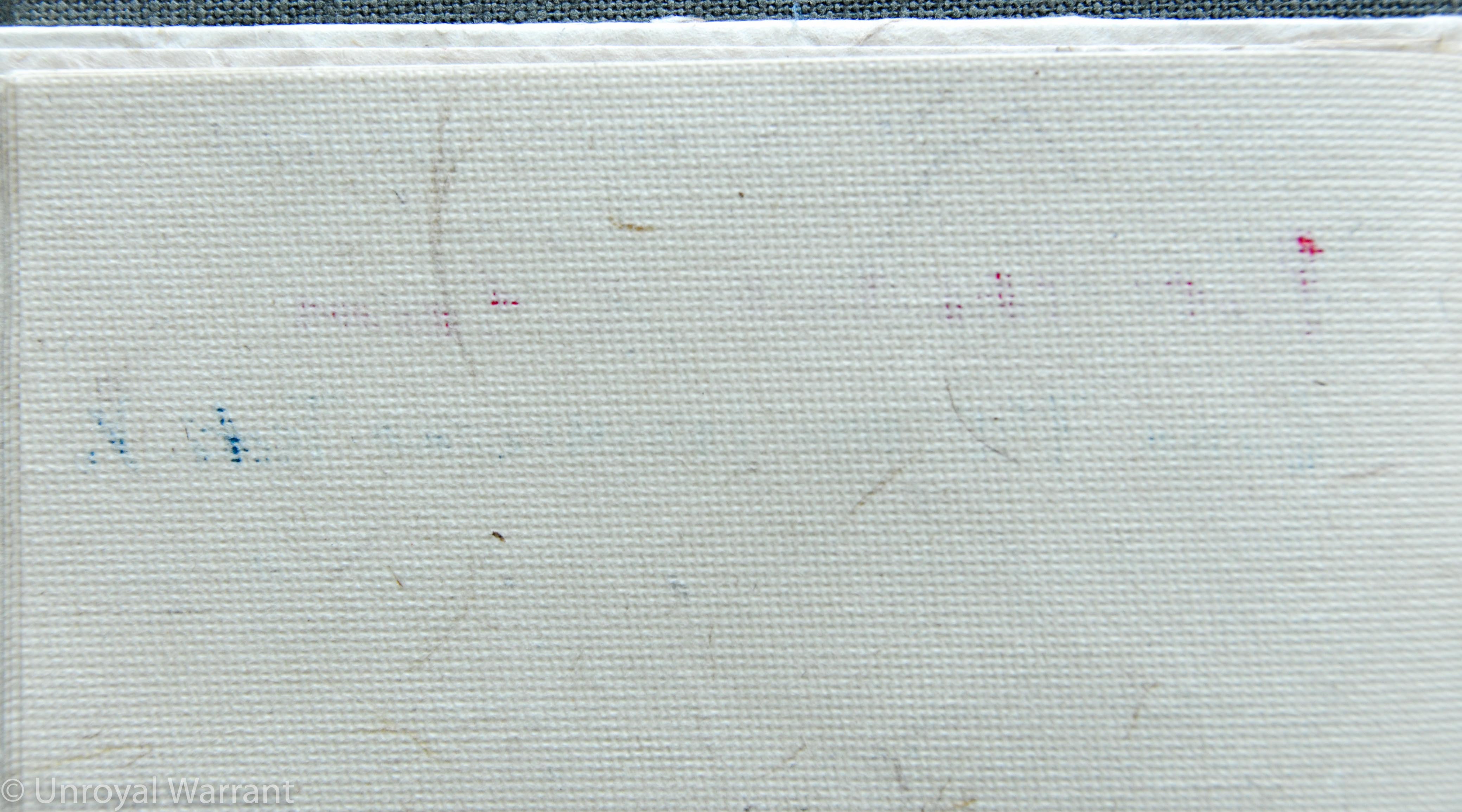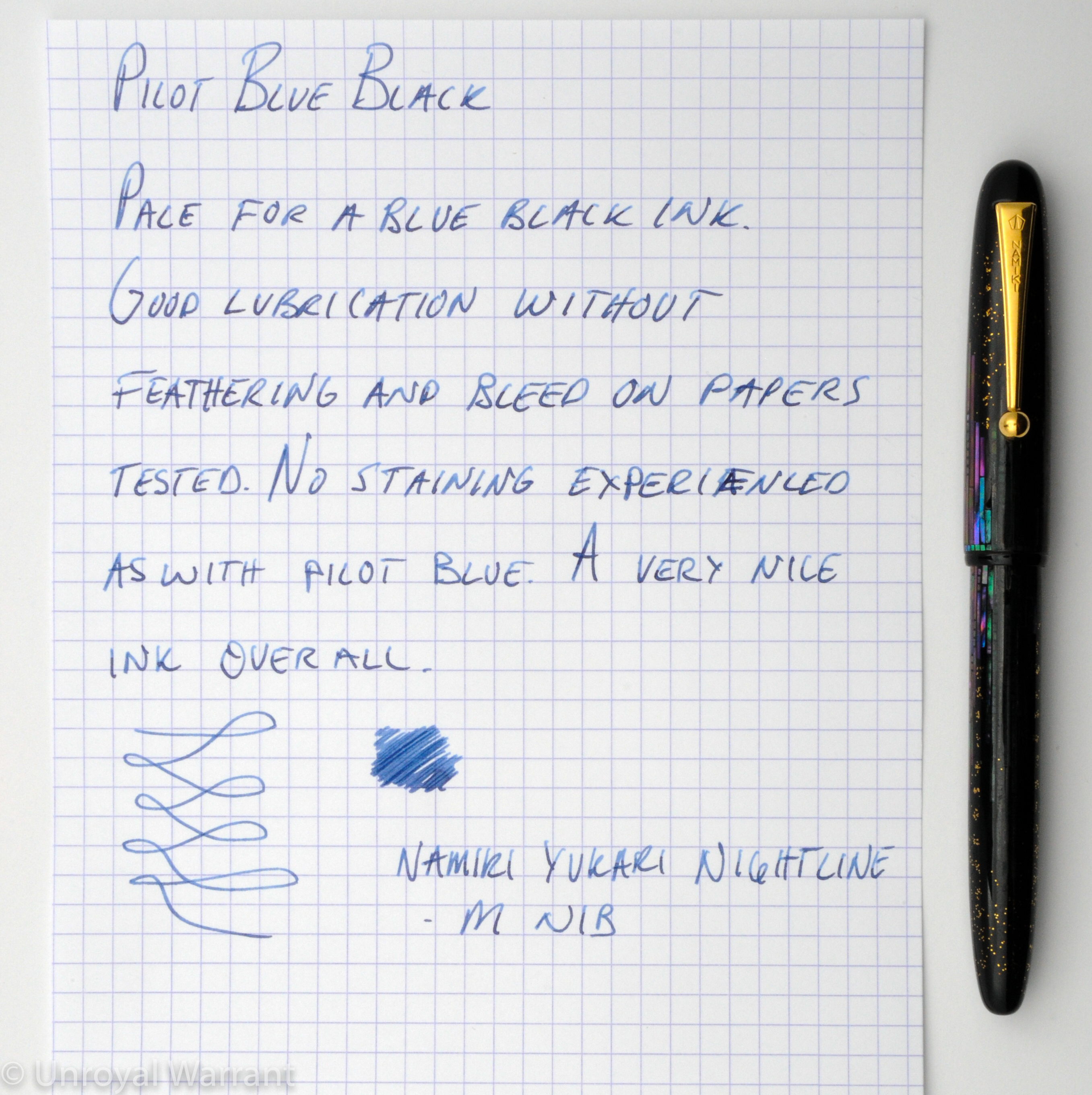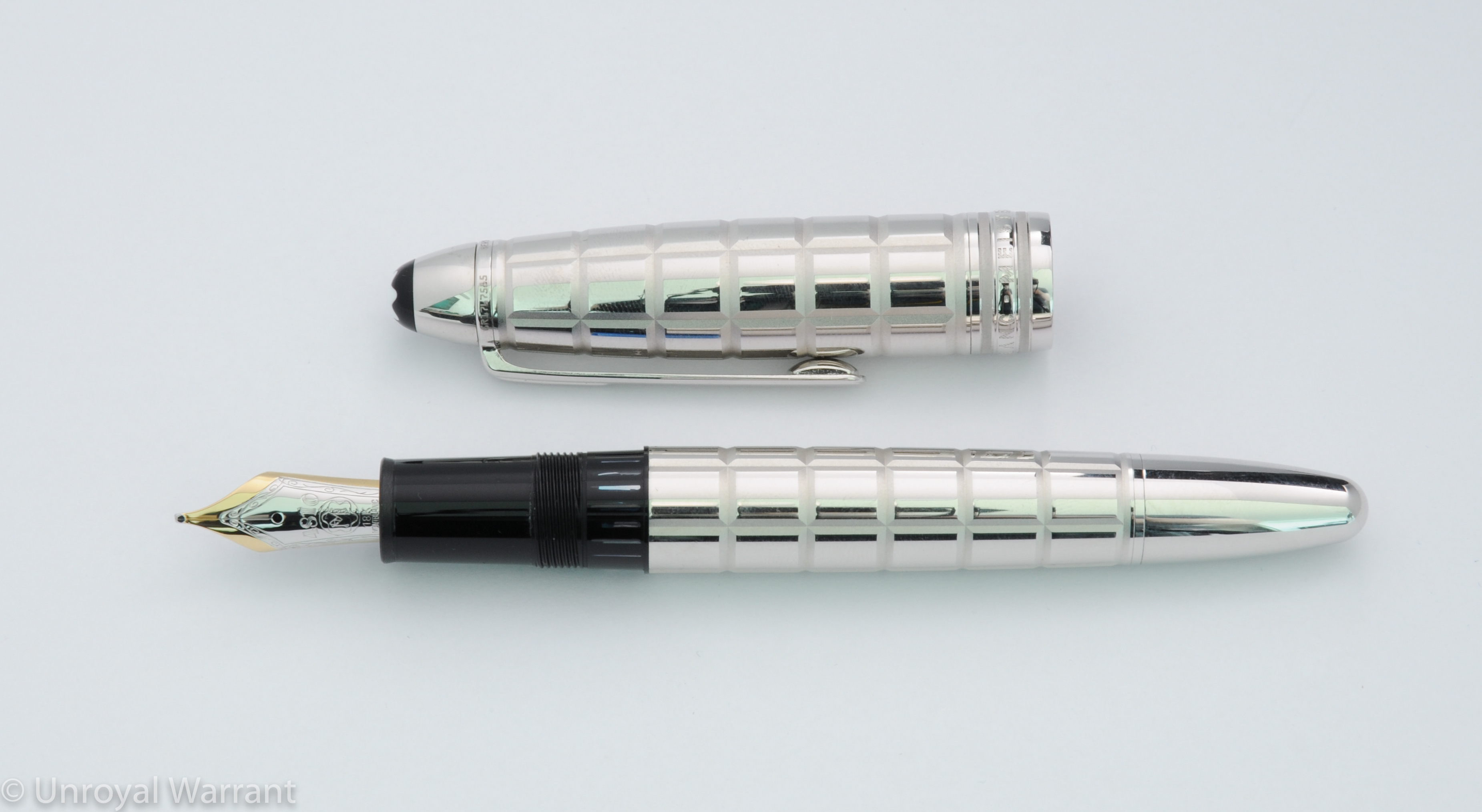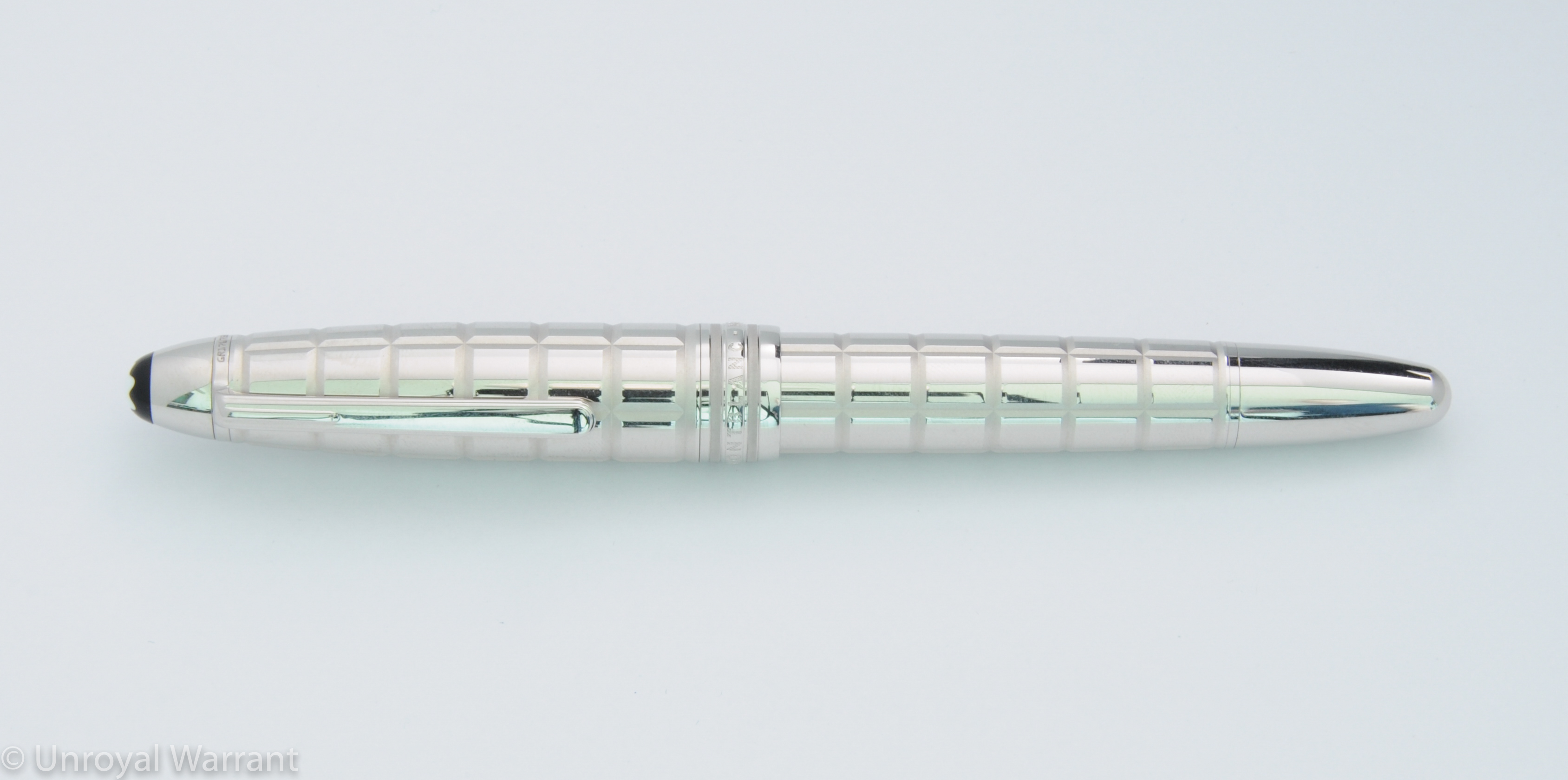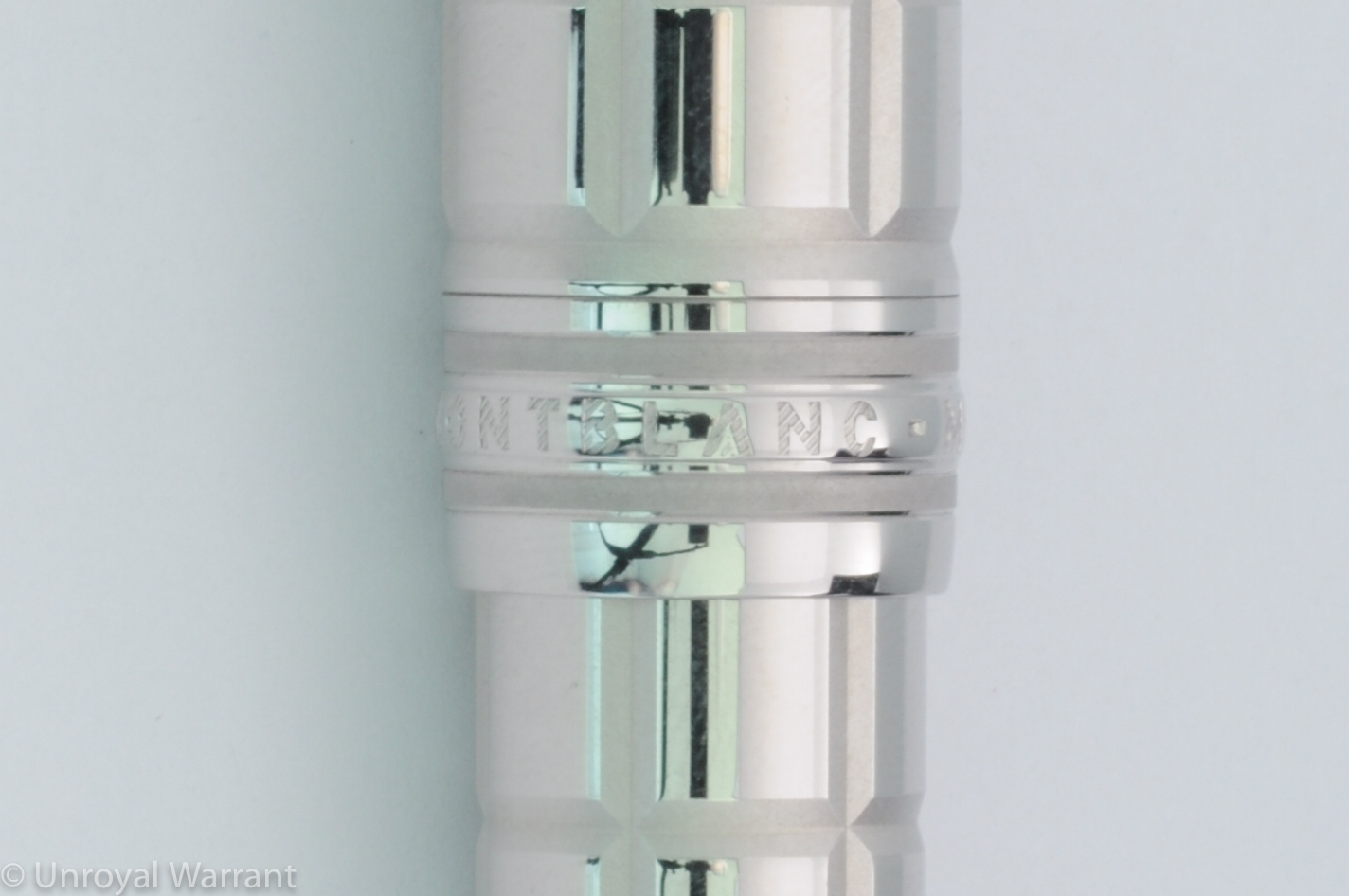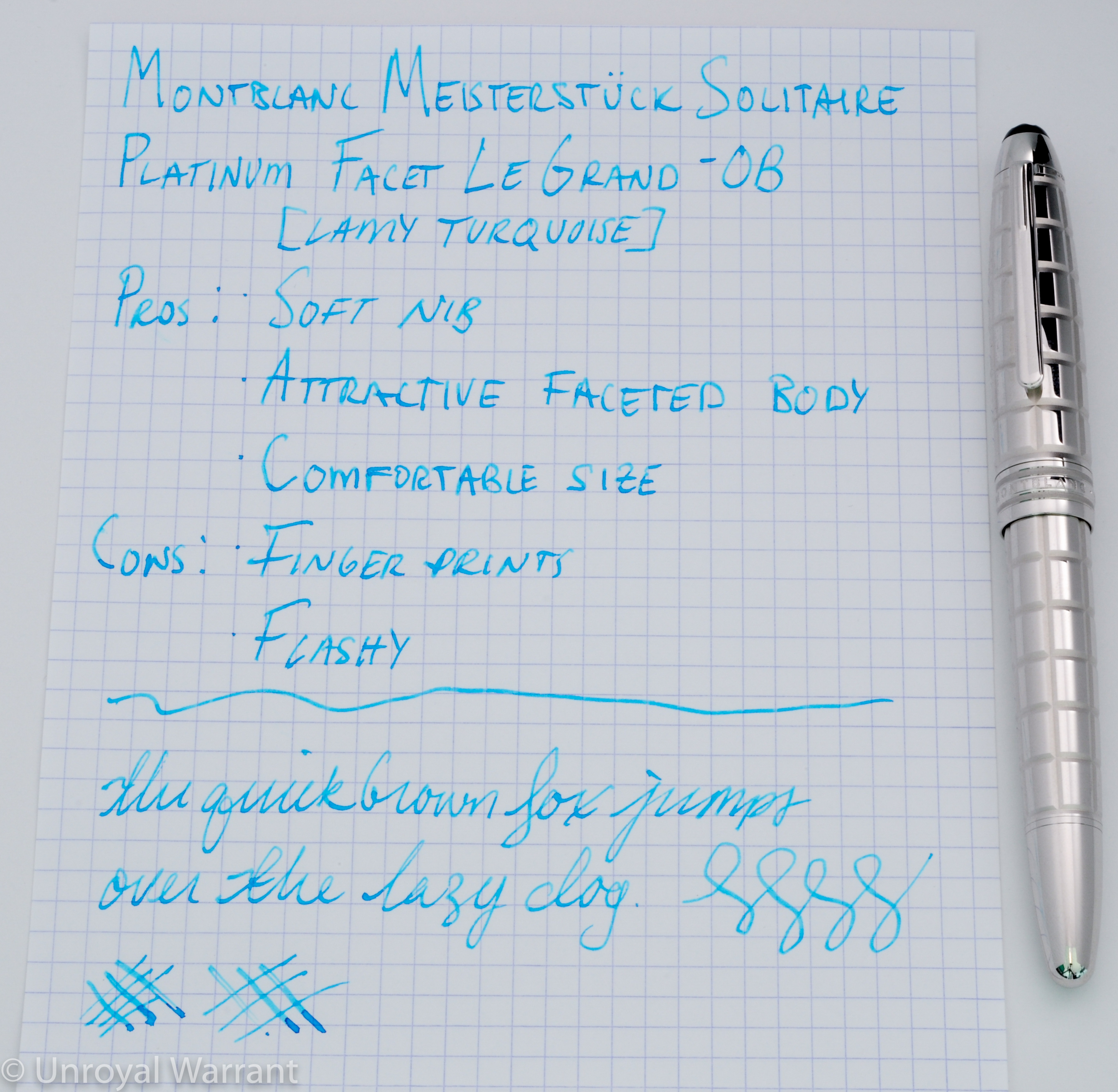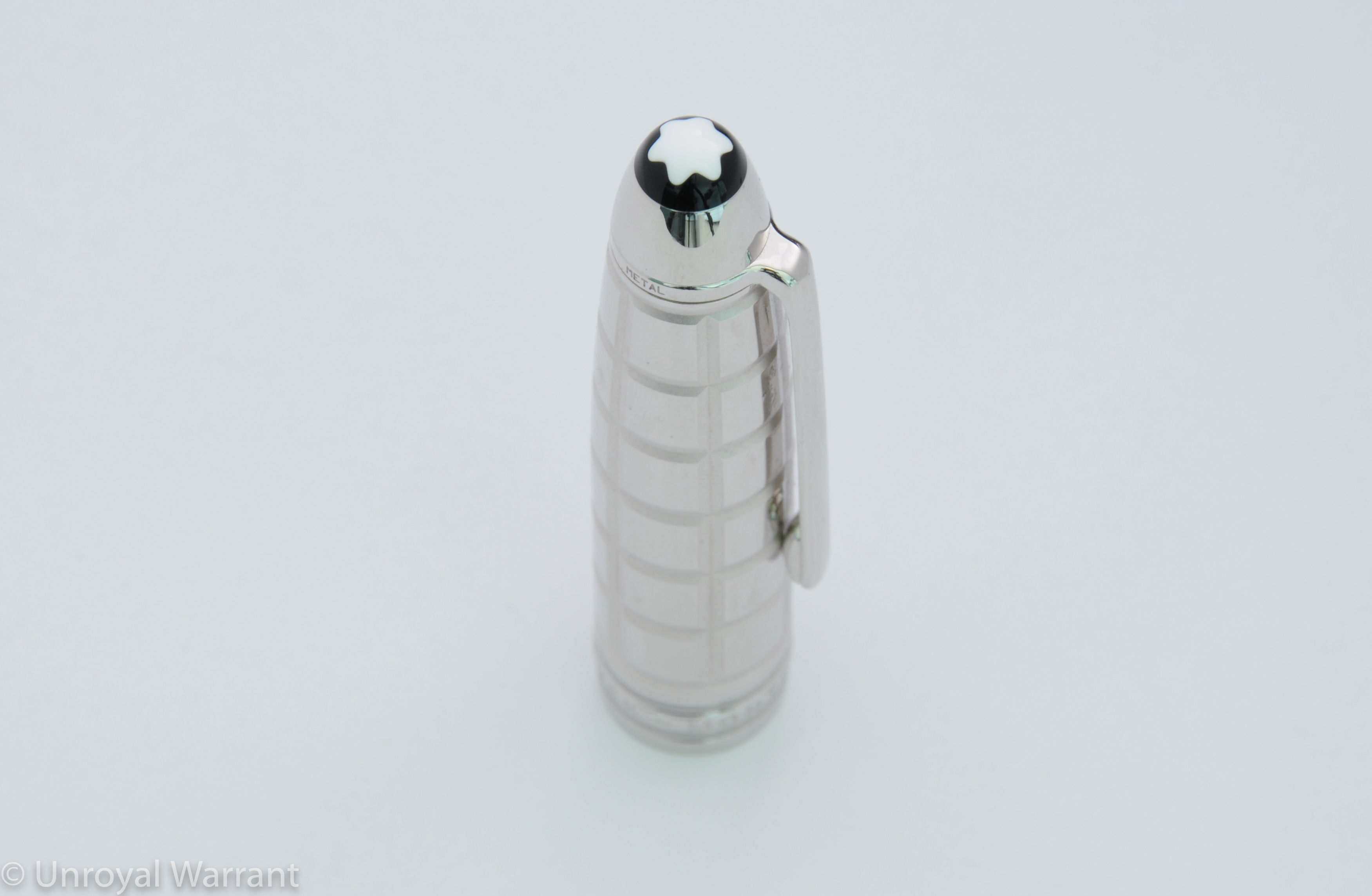Danitrio is perhaps the biggest name in Maki-e pens outside of the main three Japanese makers (Pilot/Namiki, Platinum/Nakaya and Sailor).
Danitrio Maki-e pens are not an entirely Japanese product. The company is based in California and the pens, as far as I know, are manufactured and painted in Japan but use Bock nibs from Germany…so it’s a multinational effort to put one these pens together.
I have been eyeing a Danitrio for a while as they offer very good value for money. While they are by no means cheap, they are considerably less expensive than most comparable Japanese pens.
One of the great things about Danitrio is that they offer their pens in a large number of shapes and finishes.
Despite having similar dimensions to a Montblanc 149, the Hakkaku is one of Danitrio’s smallest models measuring 13.5cm long and 1.5cm wide.
The ebonite body has a faceted flat top design. The dark Midori-dame finish softens the look of the facets. A lighter color would do a better job of accentuating this pen’s shape.
The clip is sprinkled with gold flakes and painted in the same midori-dame finish as the body. 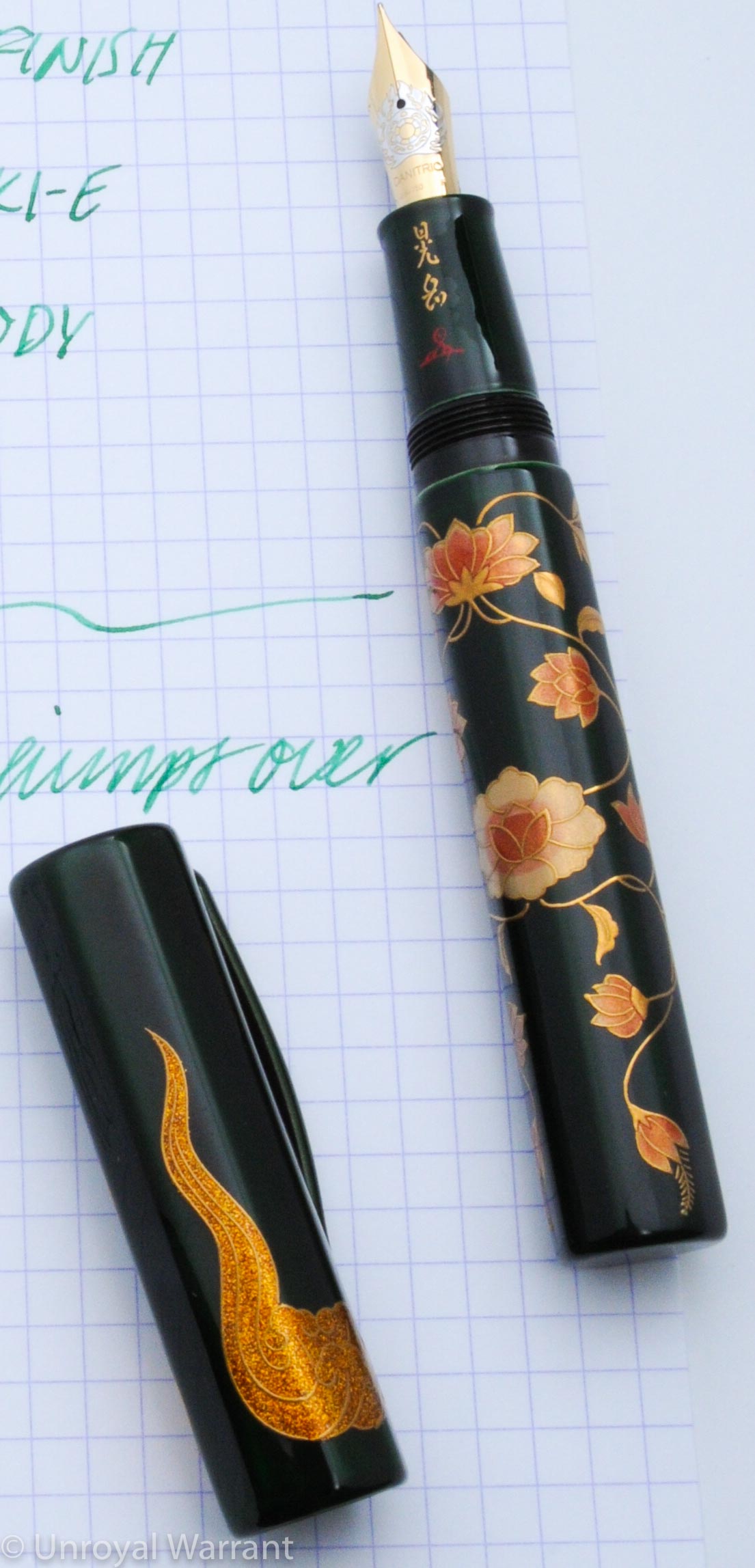 I am not a big fan of flowers but I kept coming back to this ancient flower design.
I am not a big fan of flowers but I kept coming back to this ancient flower design.
It is very well balanced and looks great against the green background.
This pen (I am told) uses a Togidashi Maki-e technique.
The finish quality of the Hakkaku is comparable to Nakaya. It’s not perfect like a Namiki pen; it has more of hand made look and feel to it. The threading is smoother than on my Nakayas and unlike my Nakaya Naka-ai Negoro the design always lines up when I put the cap on.
The section is signed with the artist’s signature.
The #6 size nib is solid 18kt gold and produced by Bock in Germany.
The fireball design looks great. The nib has a fine point and is considered one of their “soft” nibs. The nib is soft and if you apply some pressure you can get some line variation but for me with a light hand I don’t notice much.
The fine point is smooth and writes with a medium line width (typical Bock). If you want a true fine you are better off with an extra fine nib. The nib doesn’t have as much character as those made by Pilot or Platinum but it’s a good performer and if you like a smooth soft nib this one is very nice.
The Hakkaku takes standard international cartridges and comes with a Bock converter.
The feed is plastic (and out of alignment, the dealer has since remedied the problem).
This pen has a retail price of $1,900 and I was able to get it for a bit less than half that. By comparison, a plain urushi lacquer Namiki Yukari Royale runs $1,500 and a Maki-e versions range from about $4,000-$10,000. I am not saying this pen is the same quality as a Namiki (it isn’t) but it is a more affordable way to get your hands on a good quality Maki-e pen.
At the end of the day I am really happy with this pen. It looks and writes great and it was reasonable enough that I don’t worry about using it everyday.

